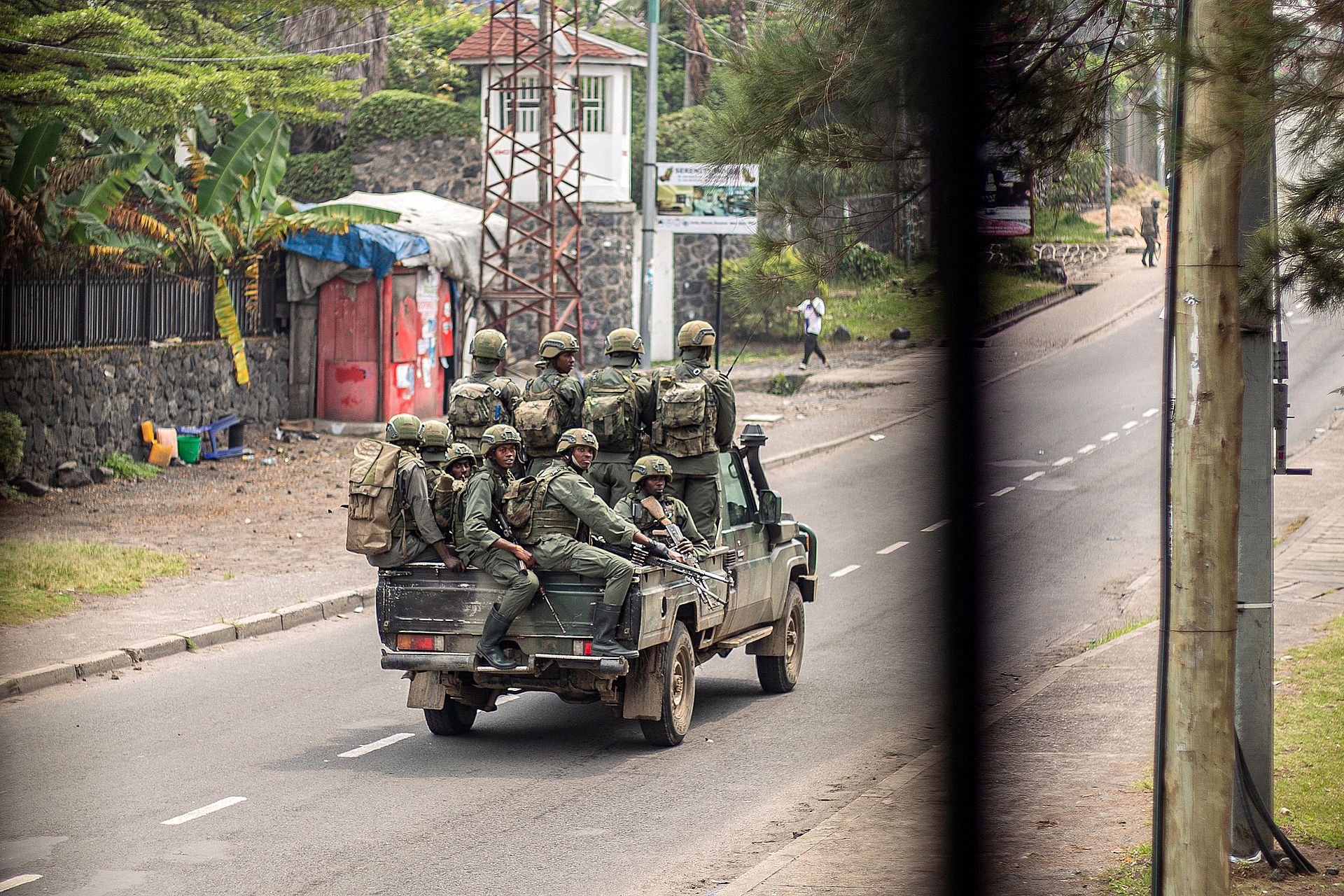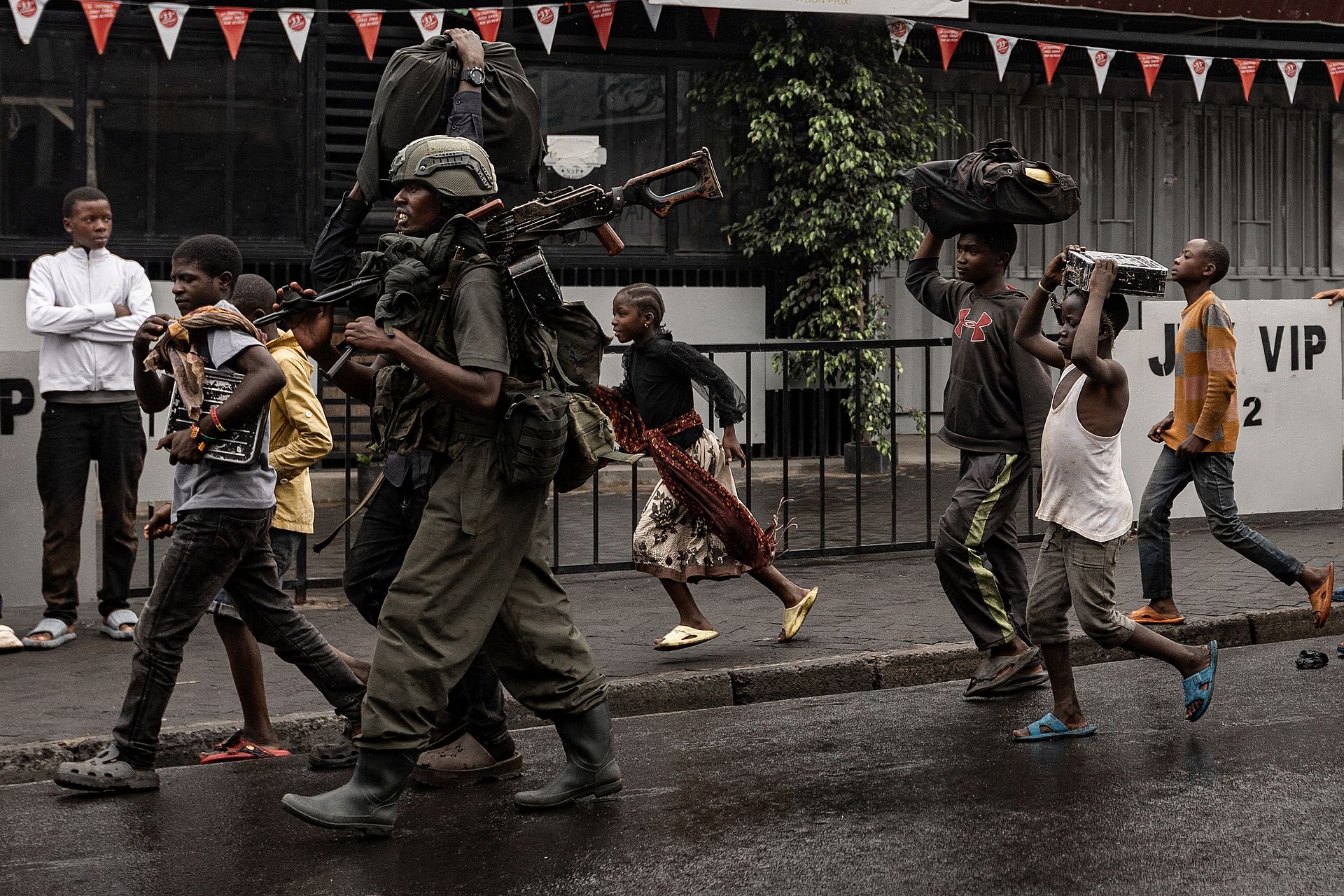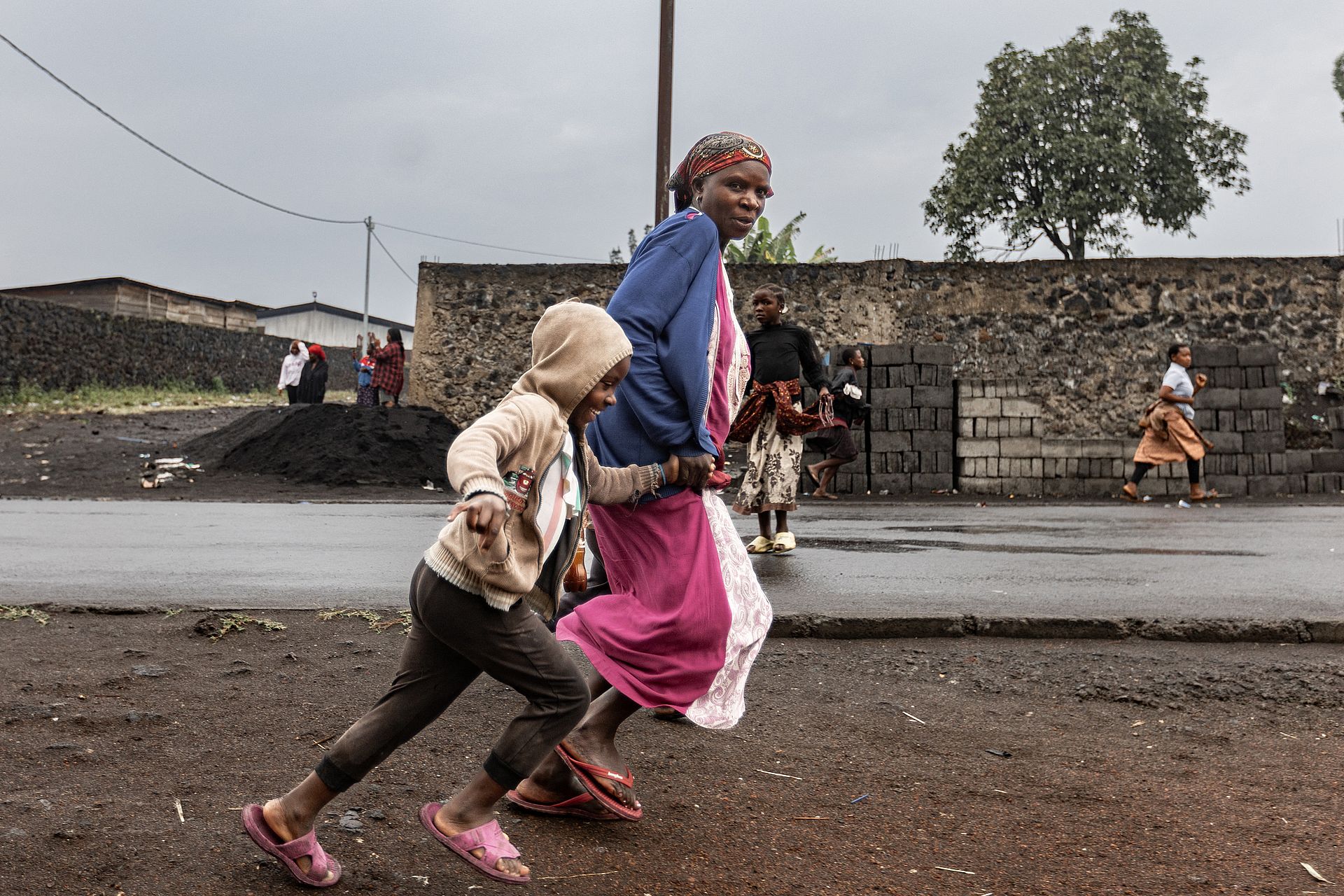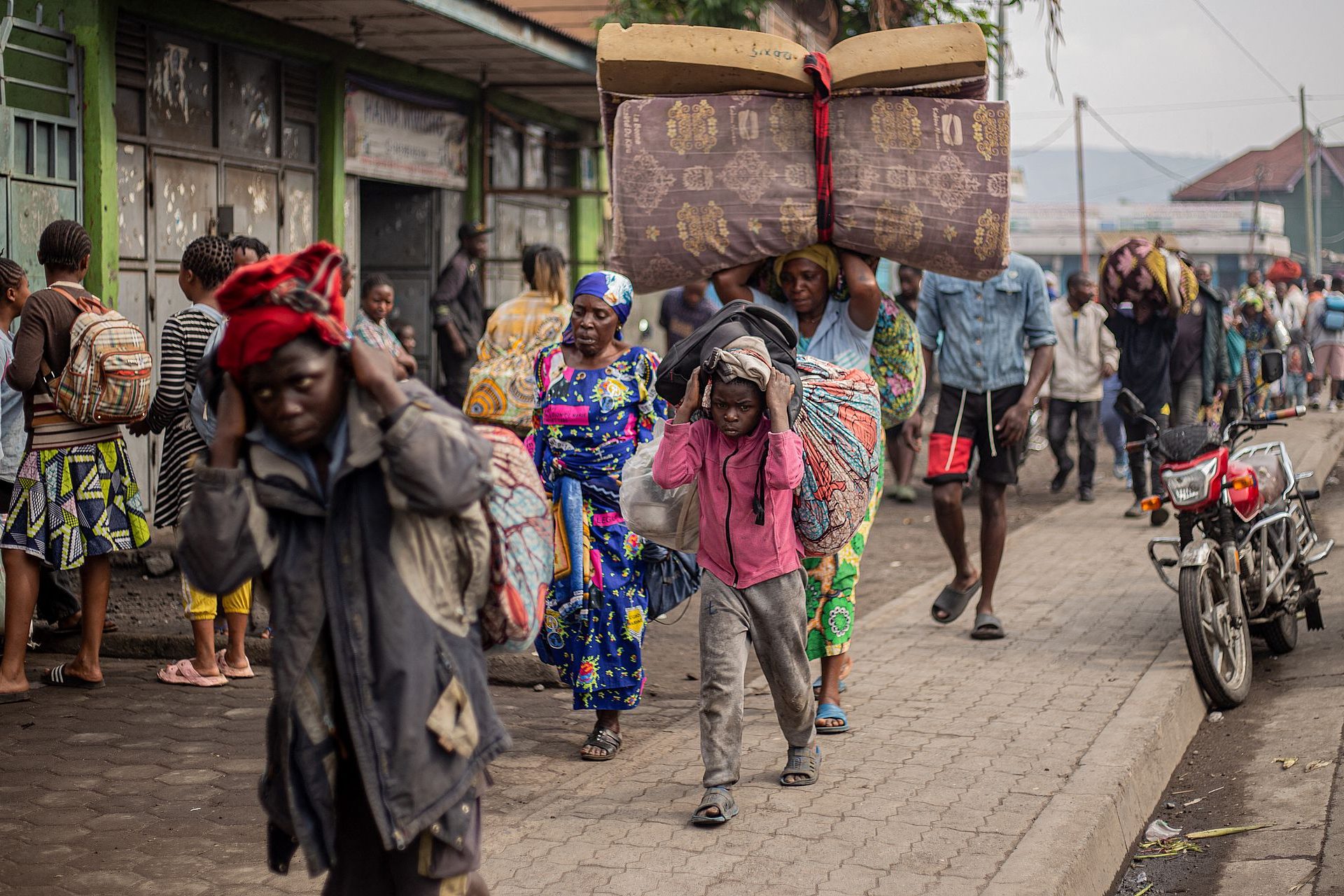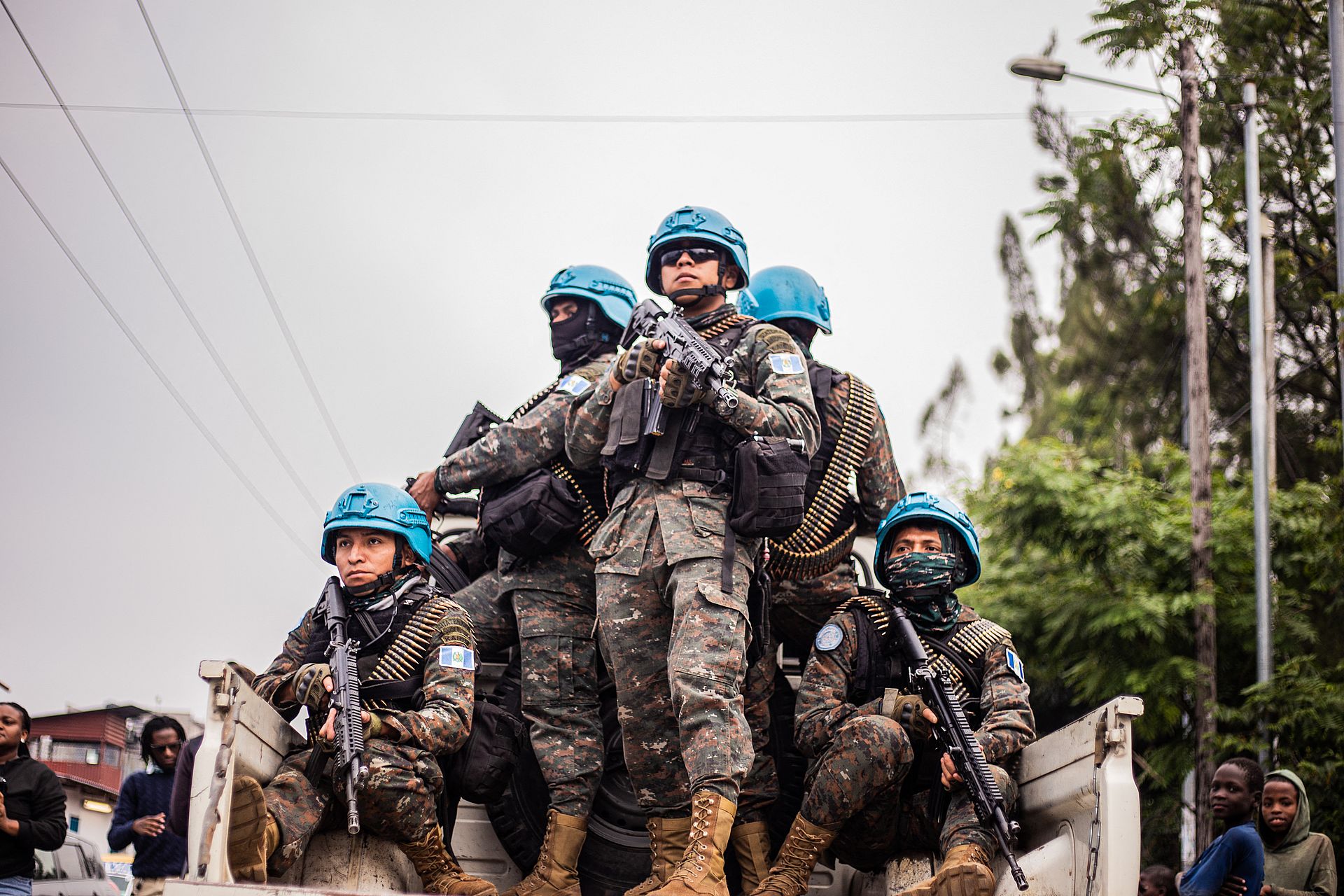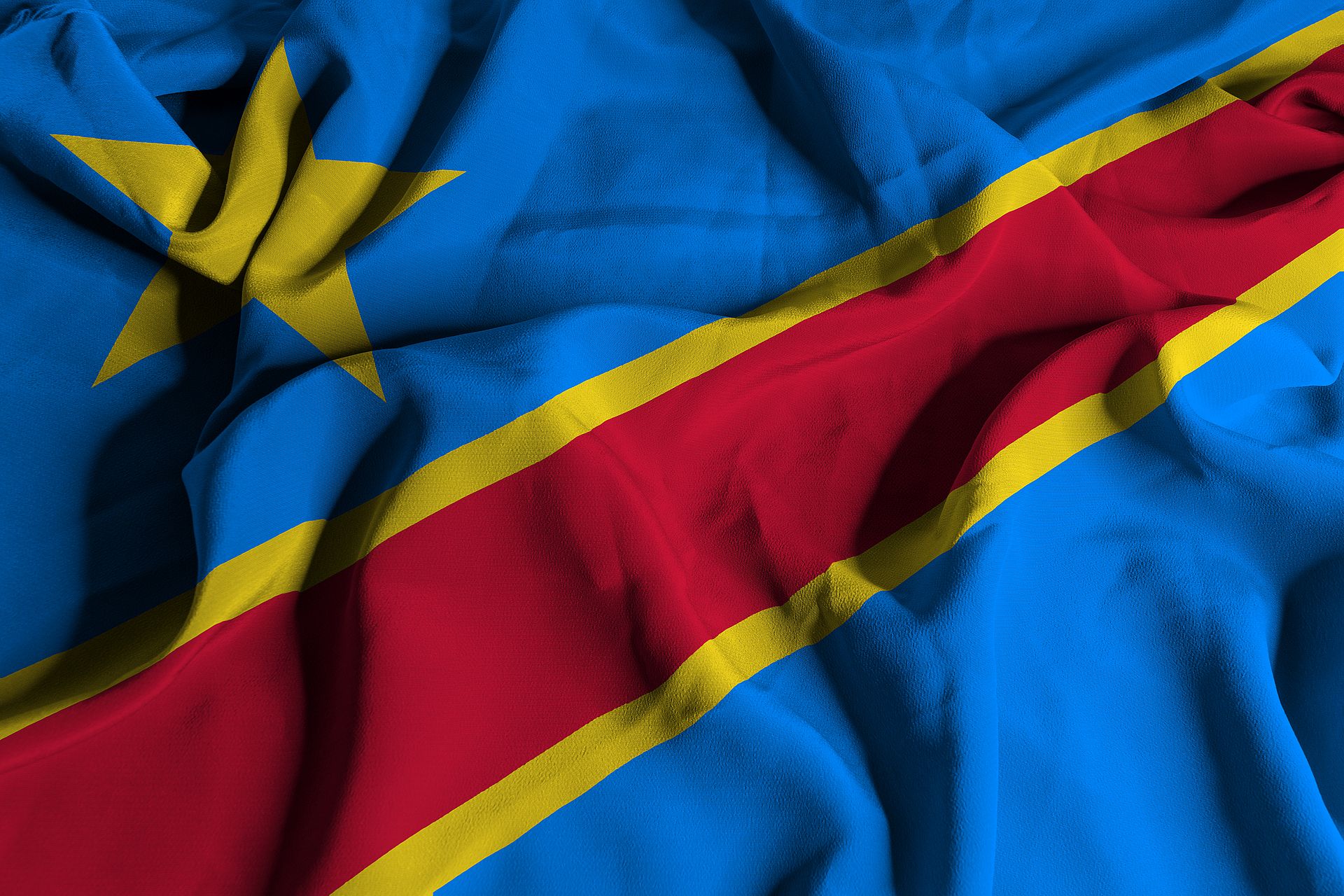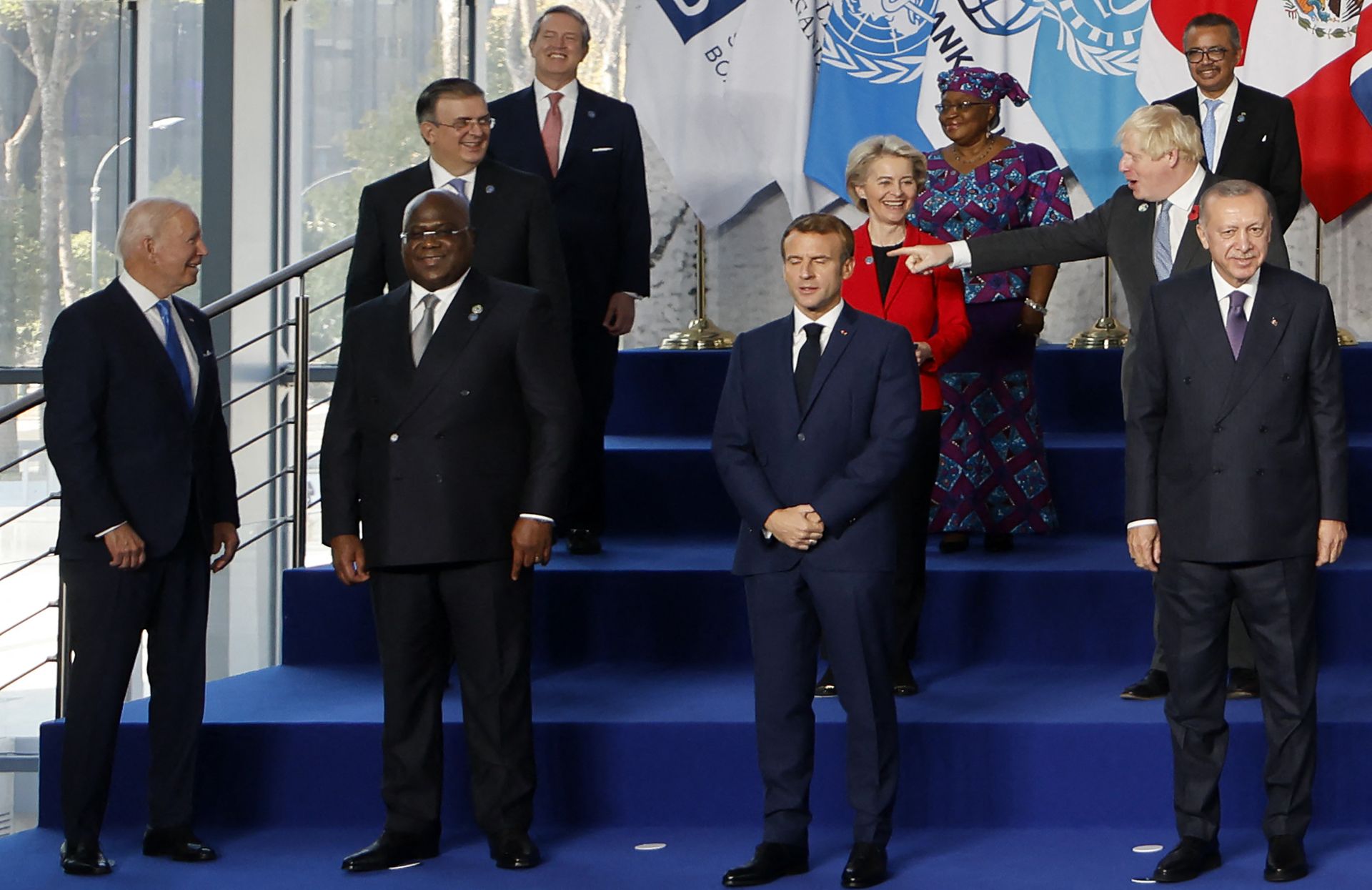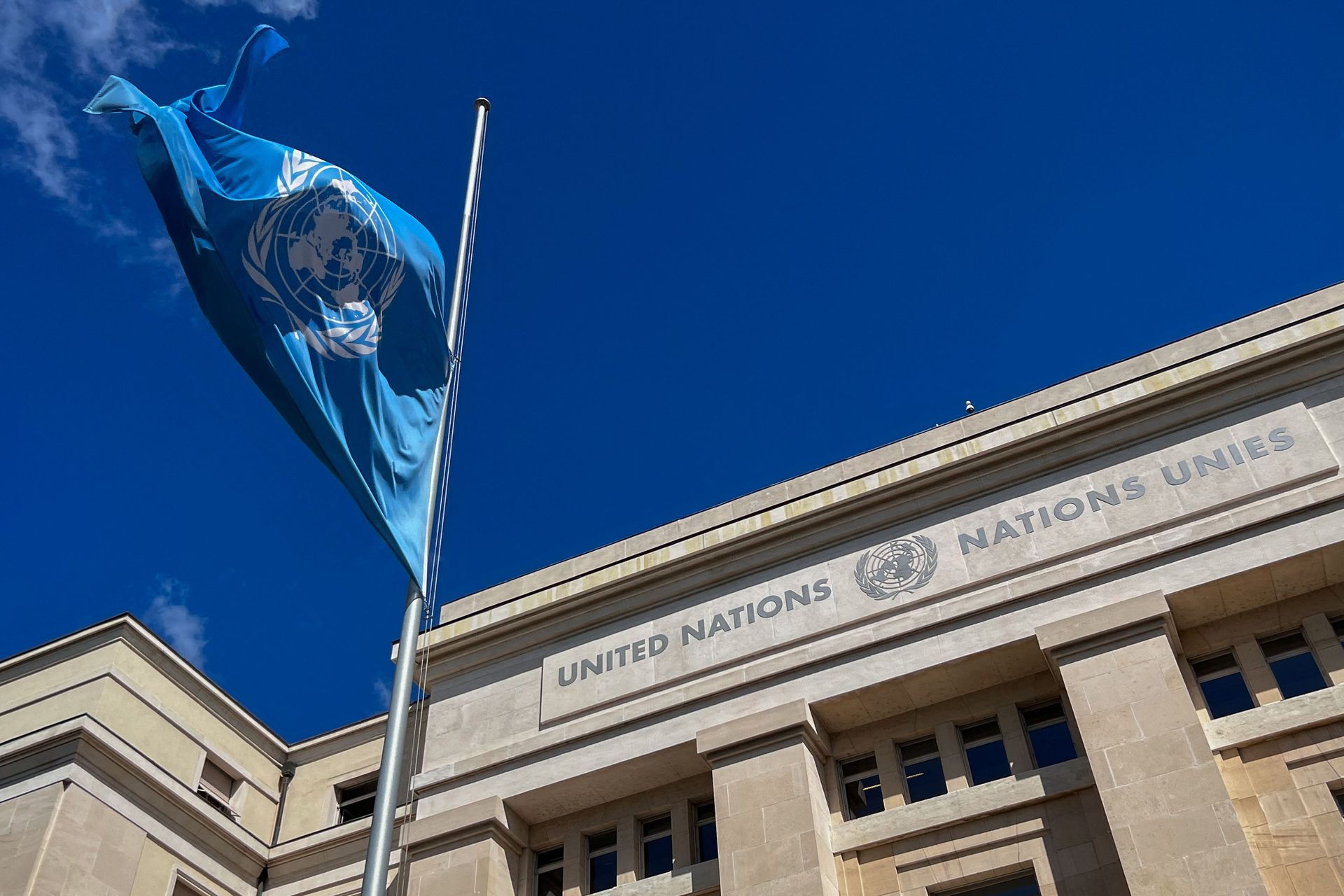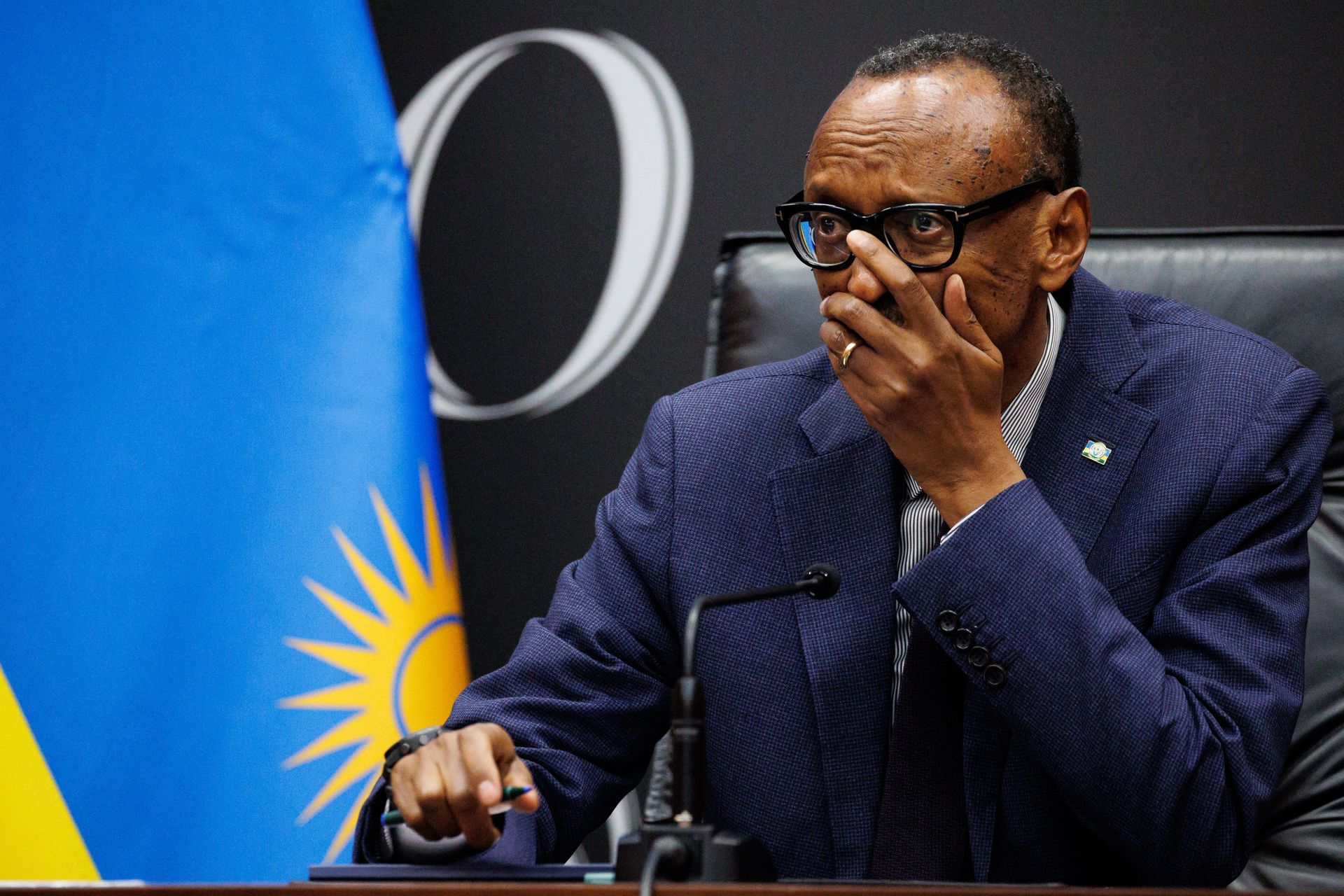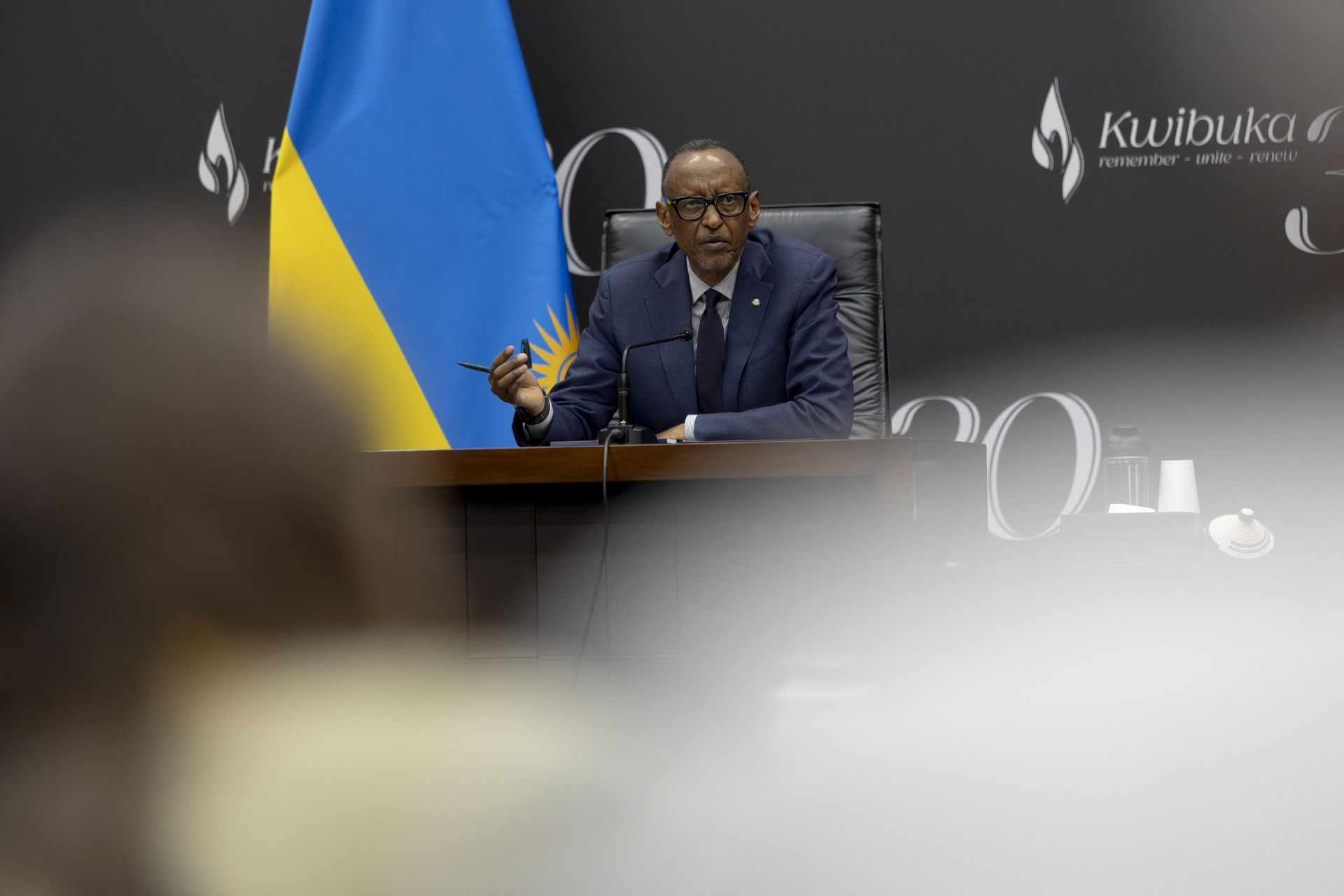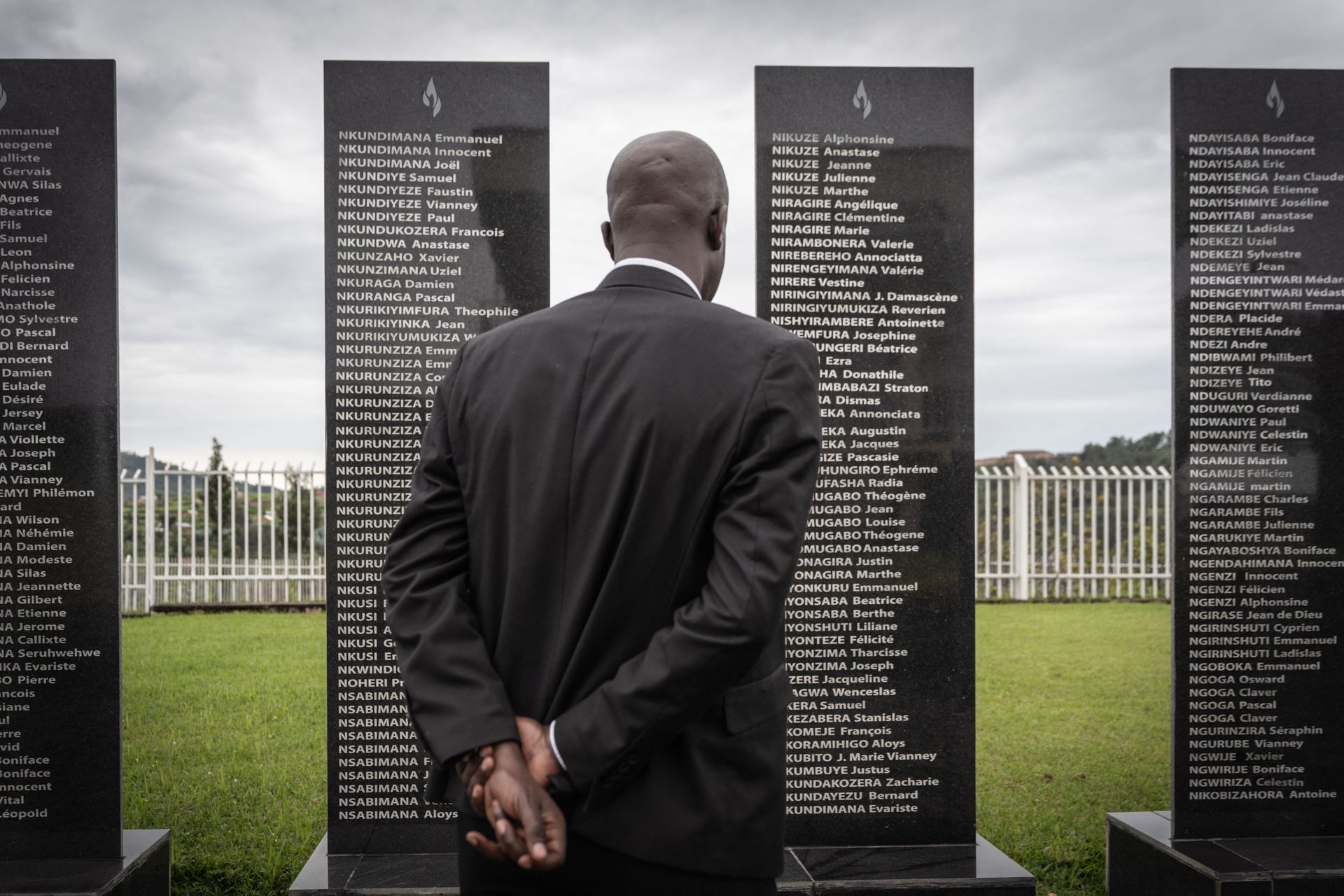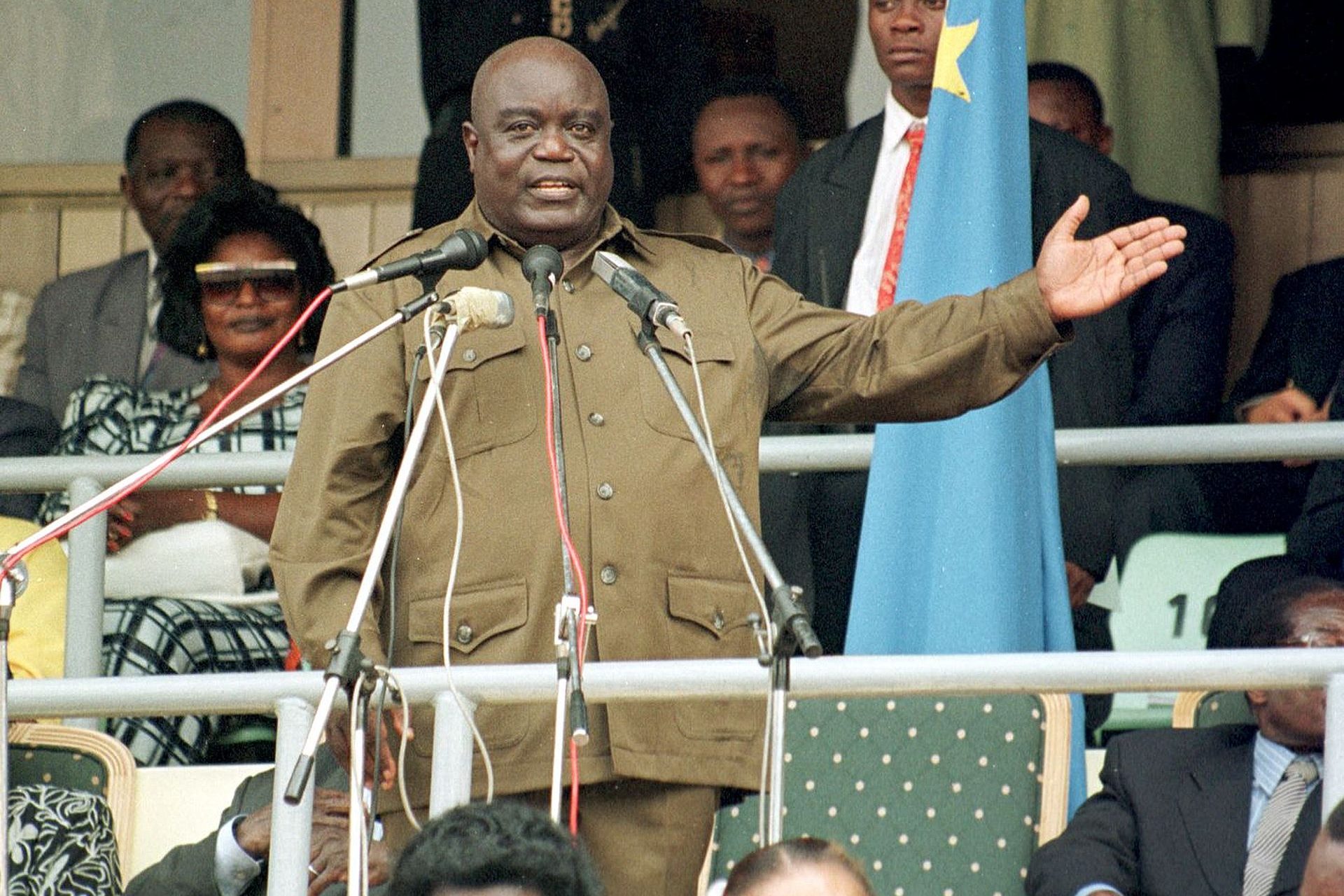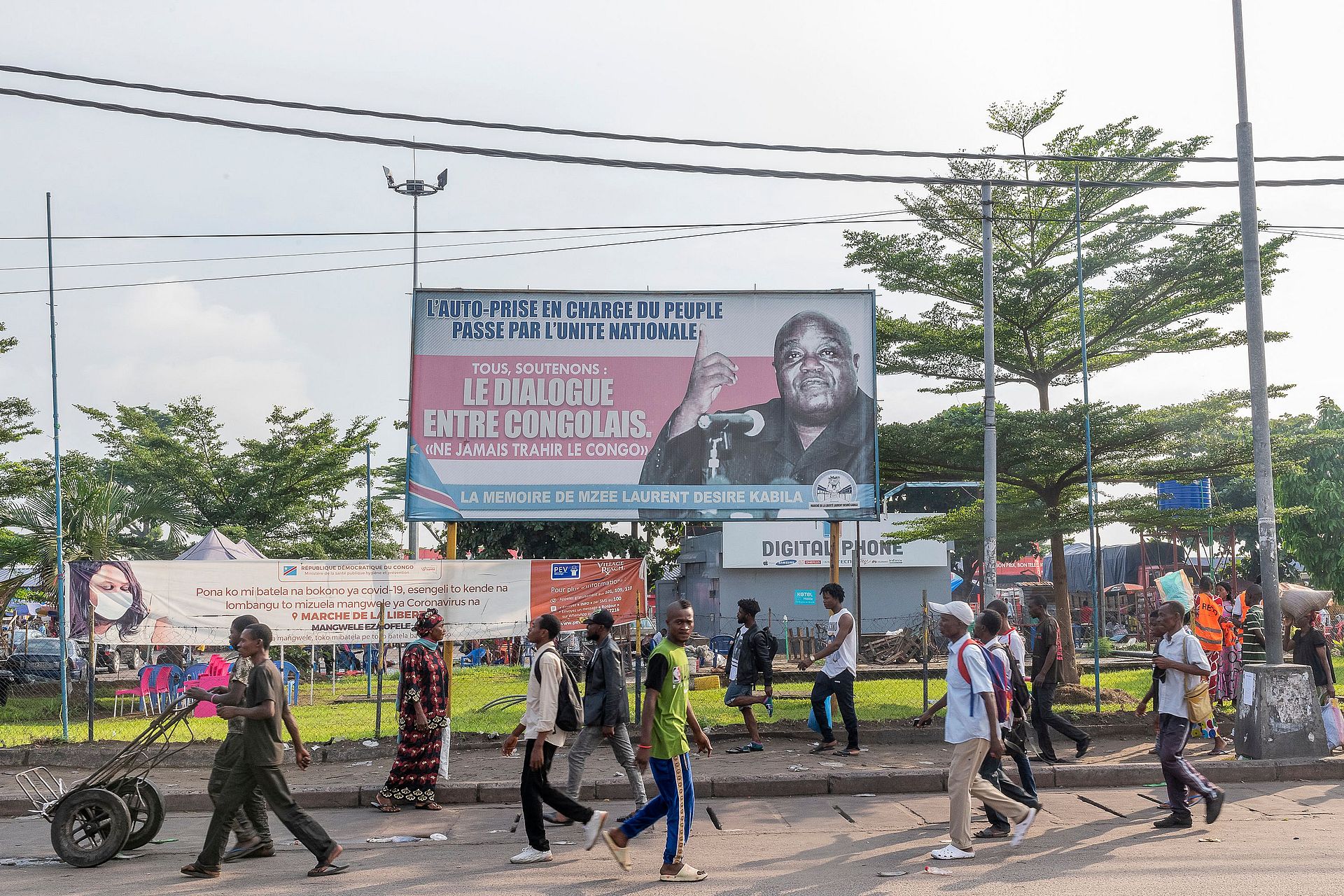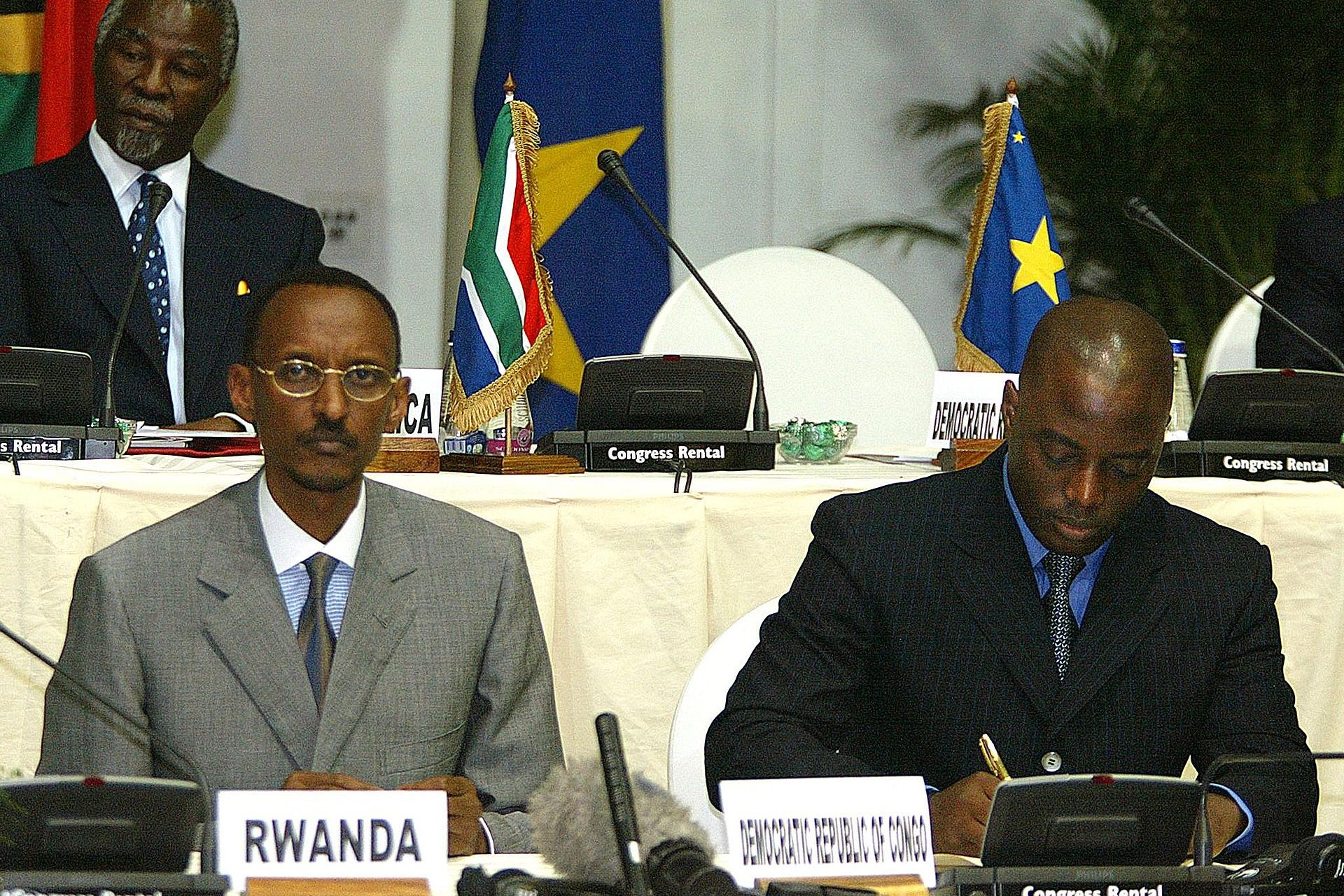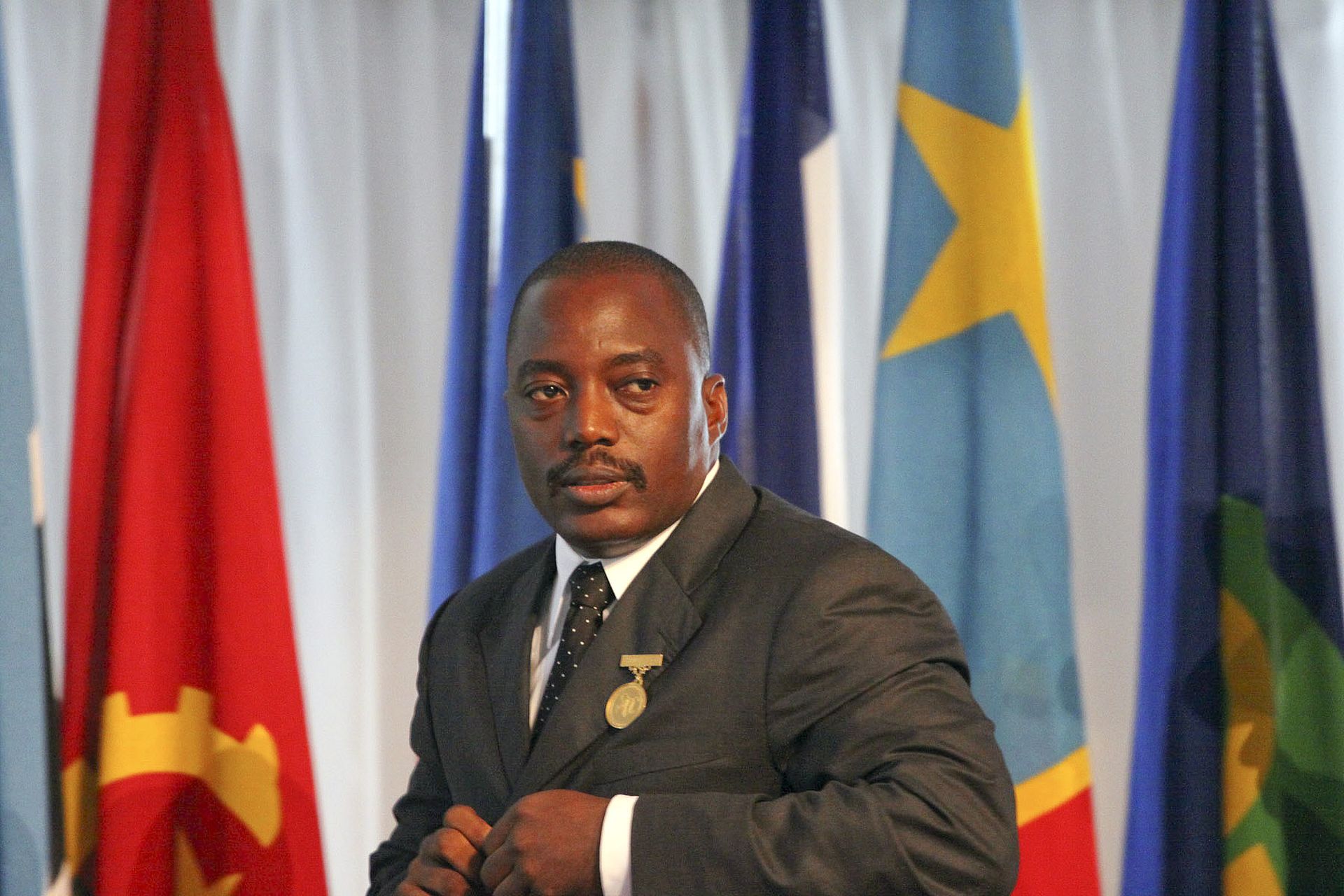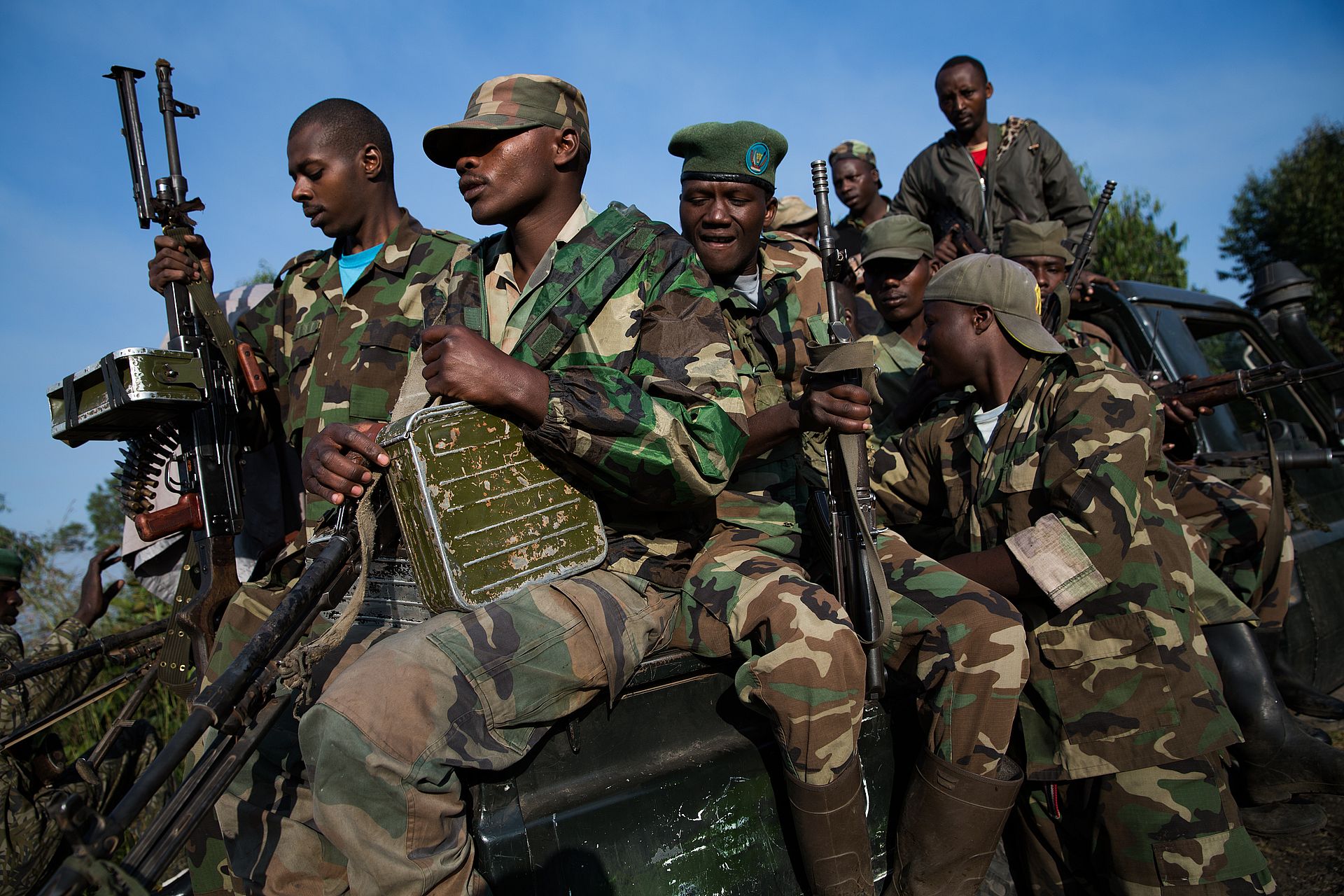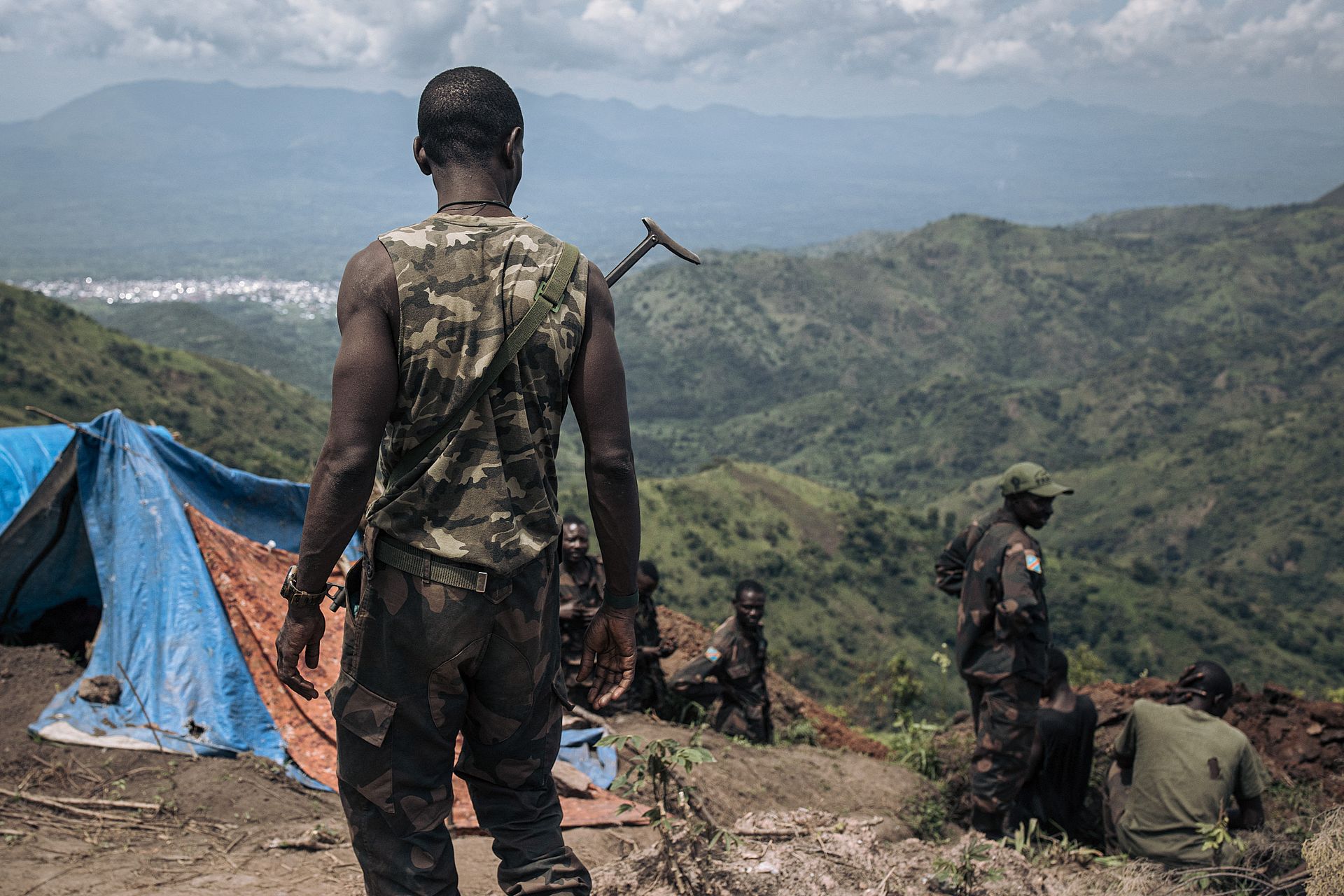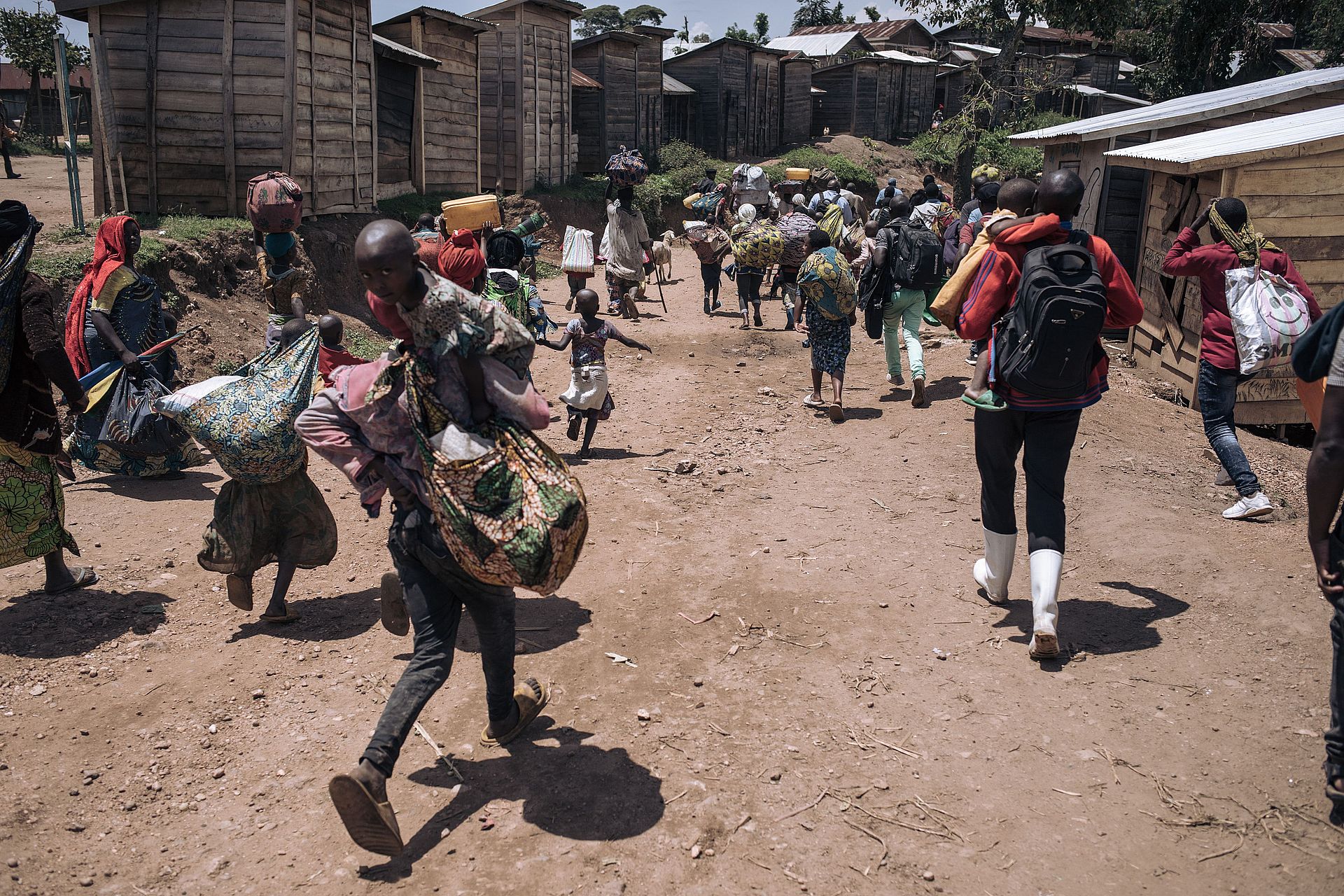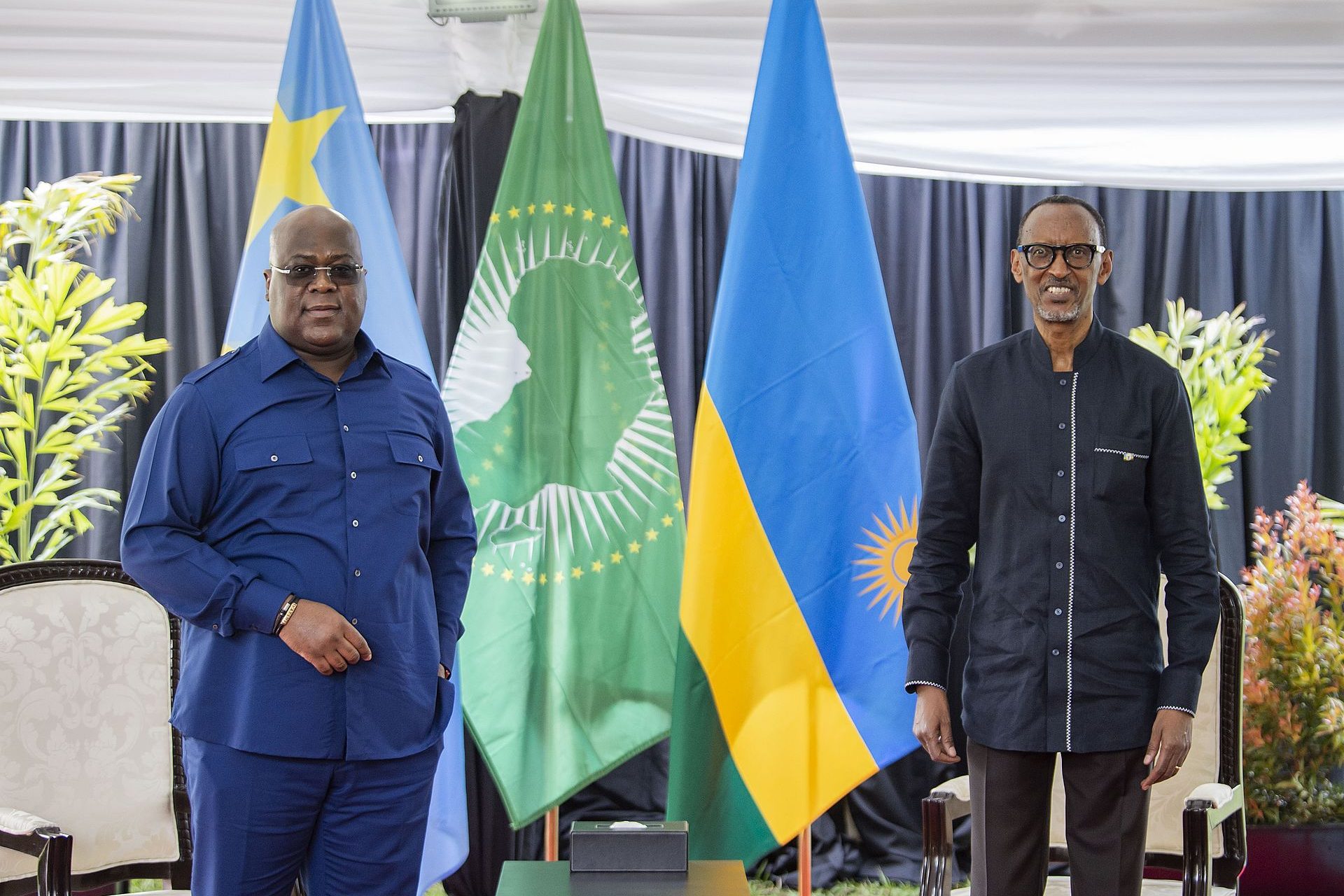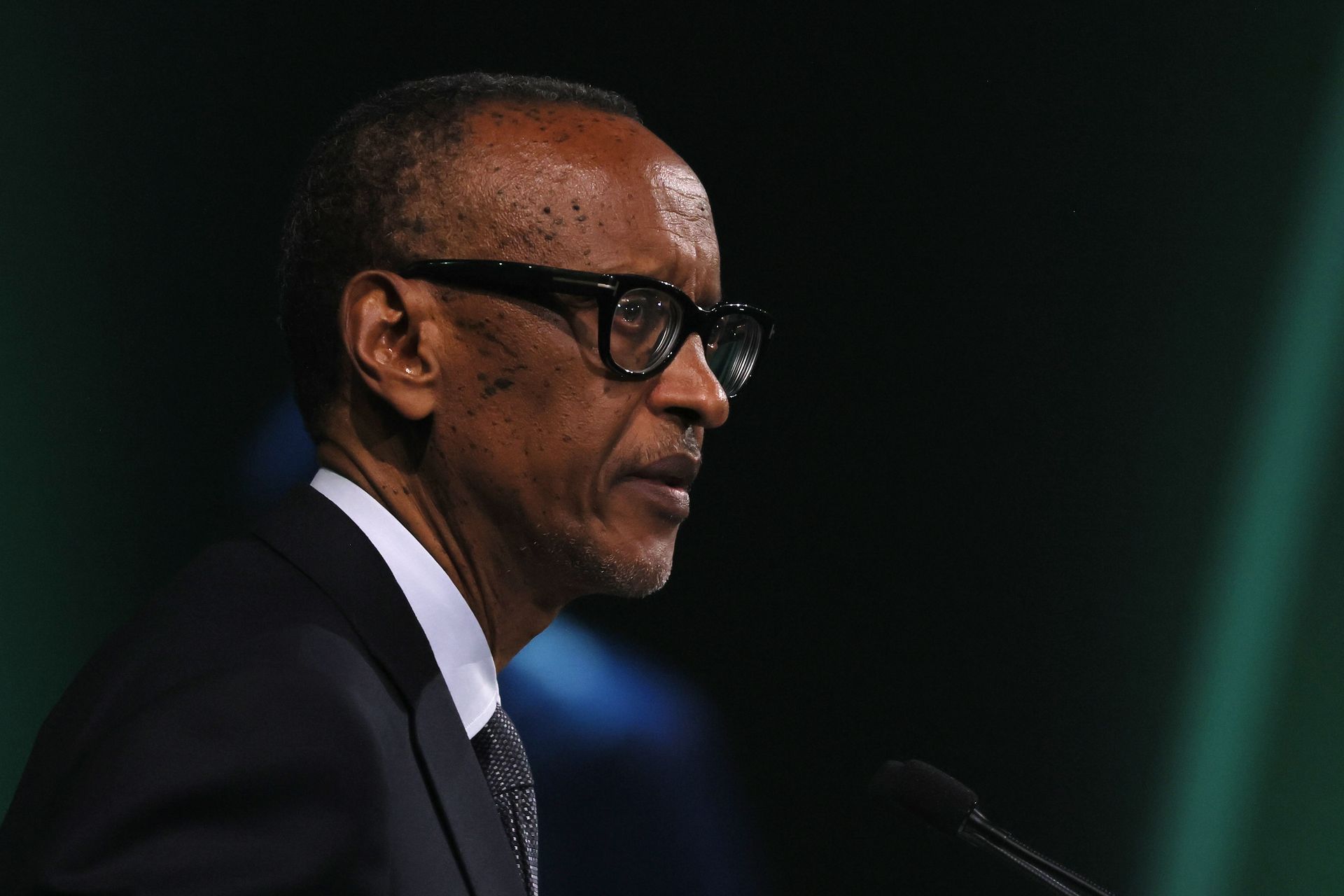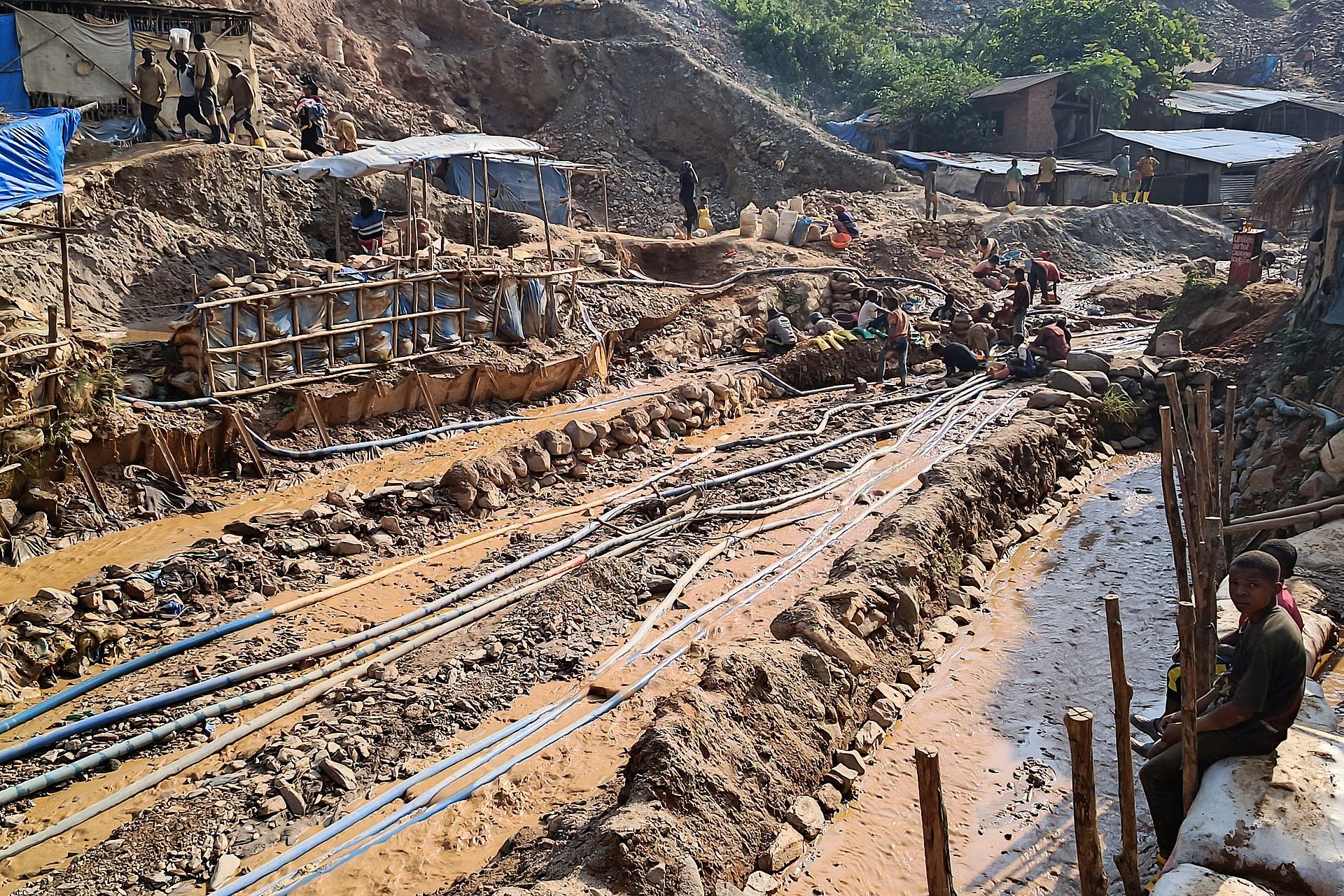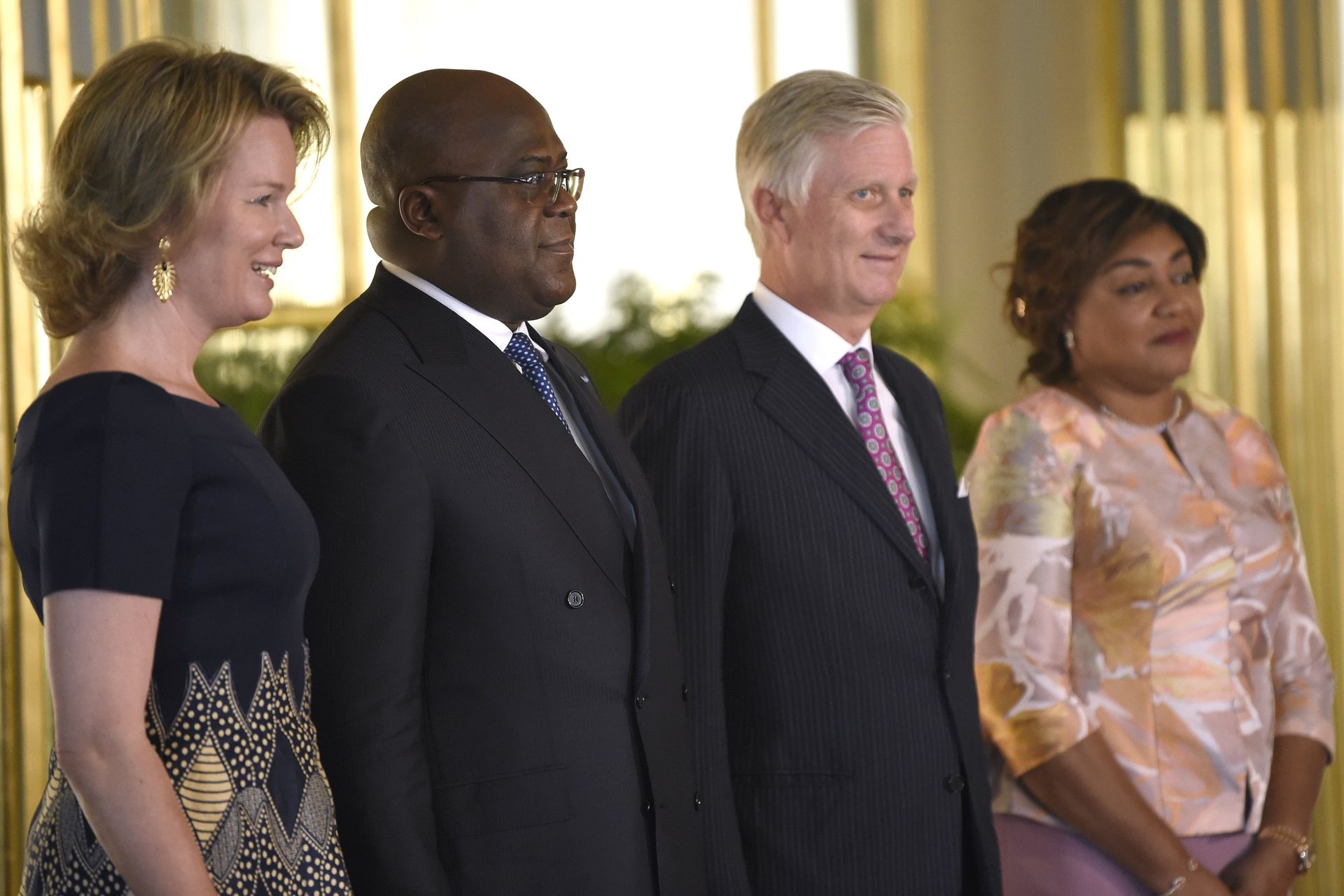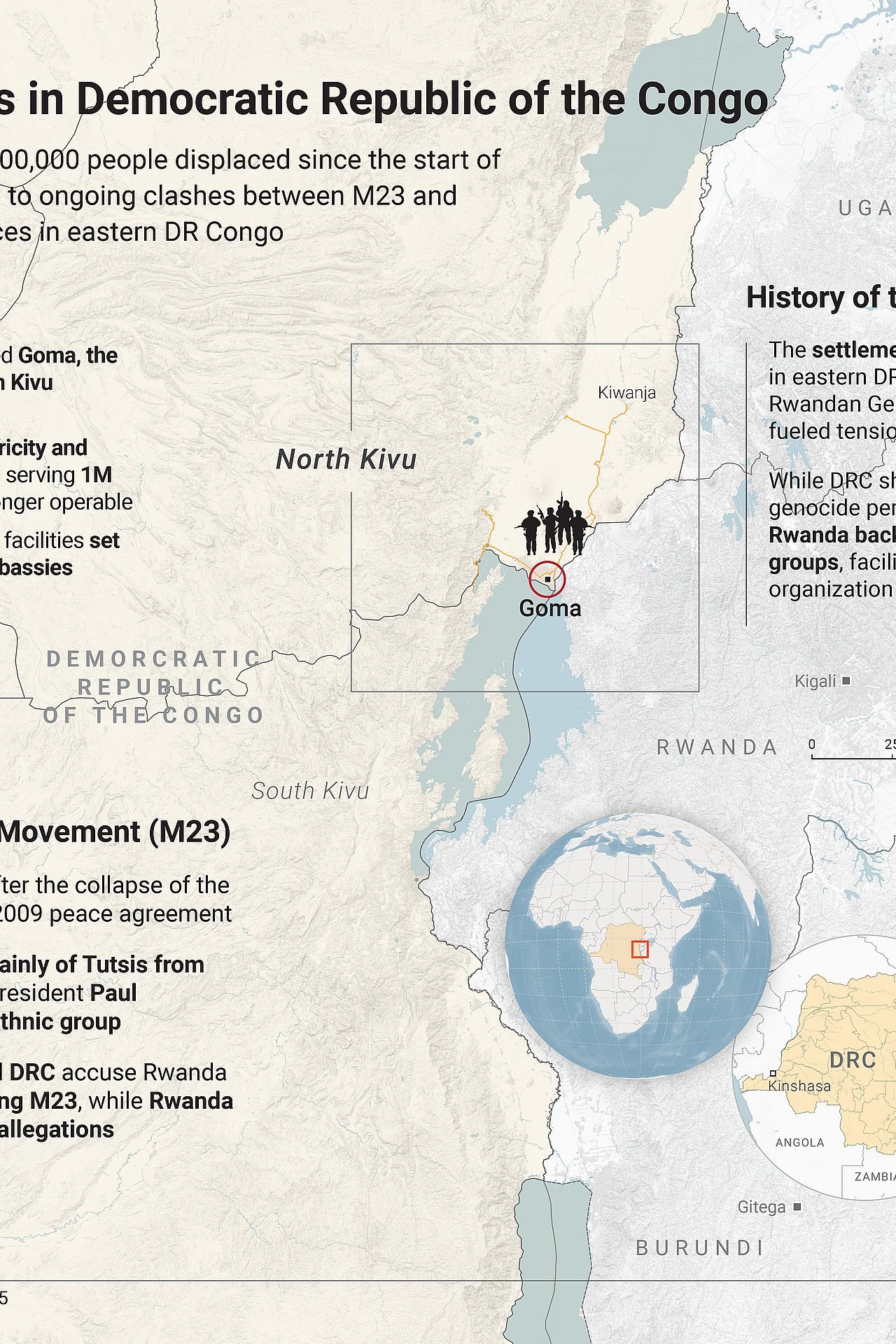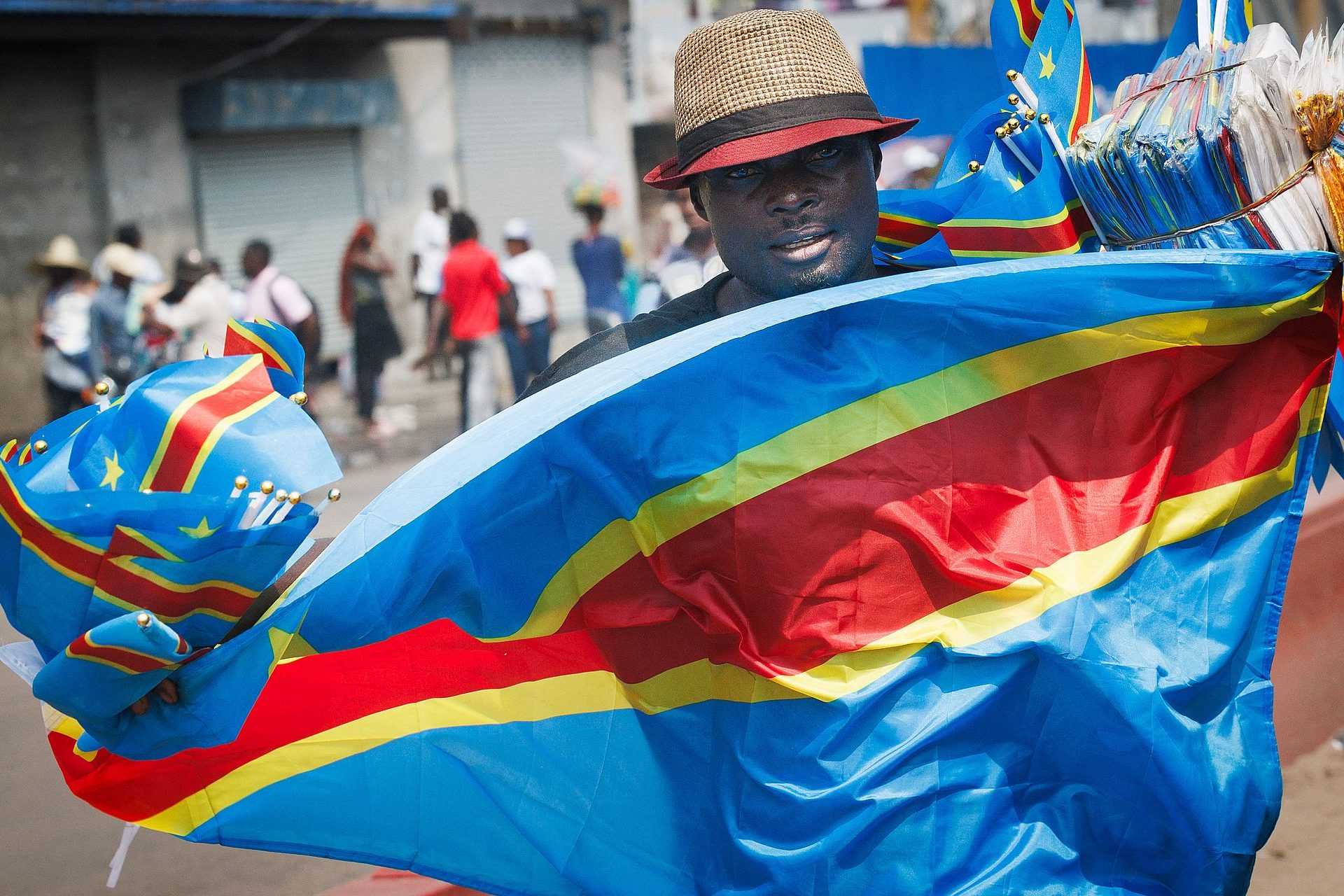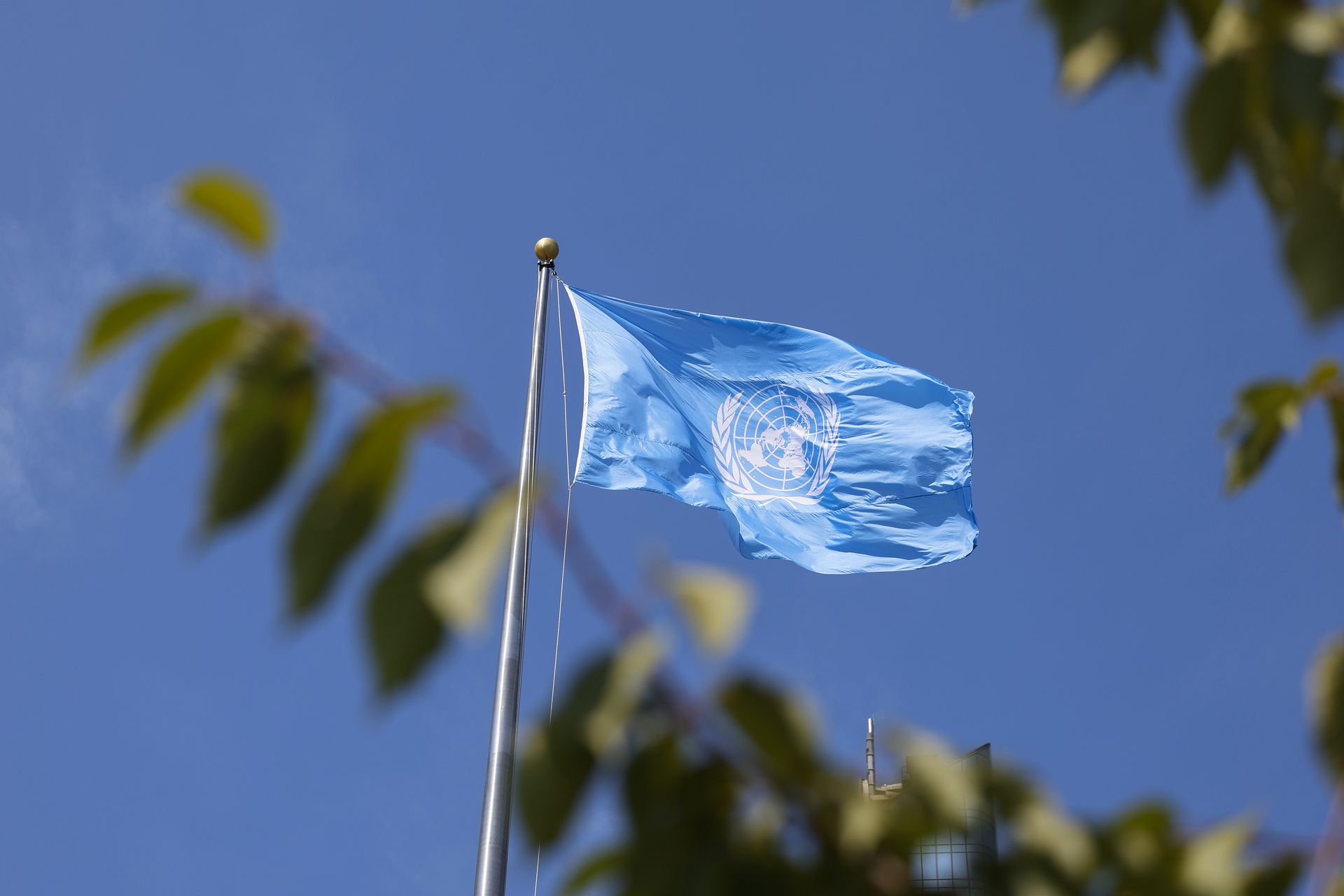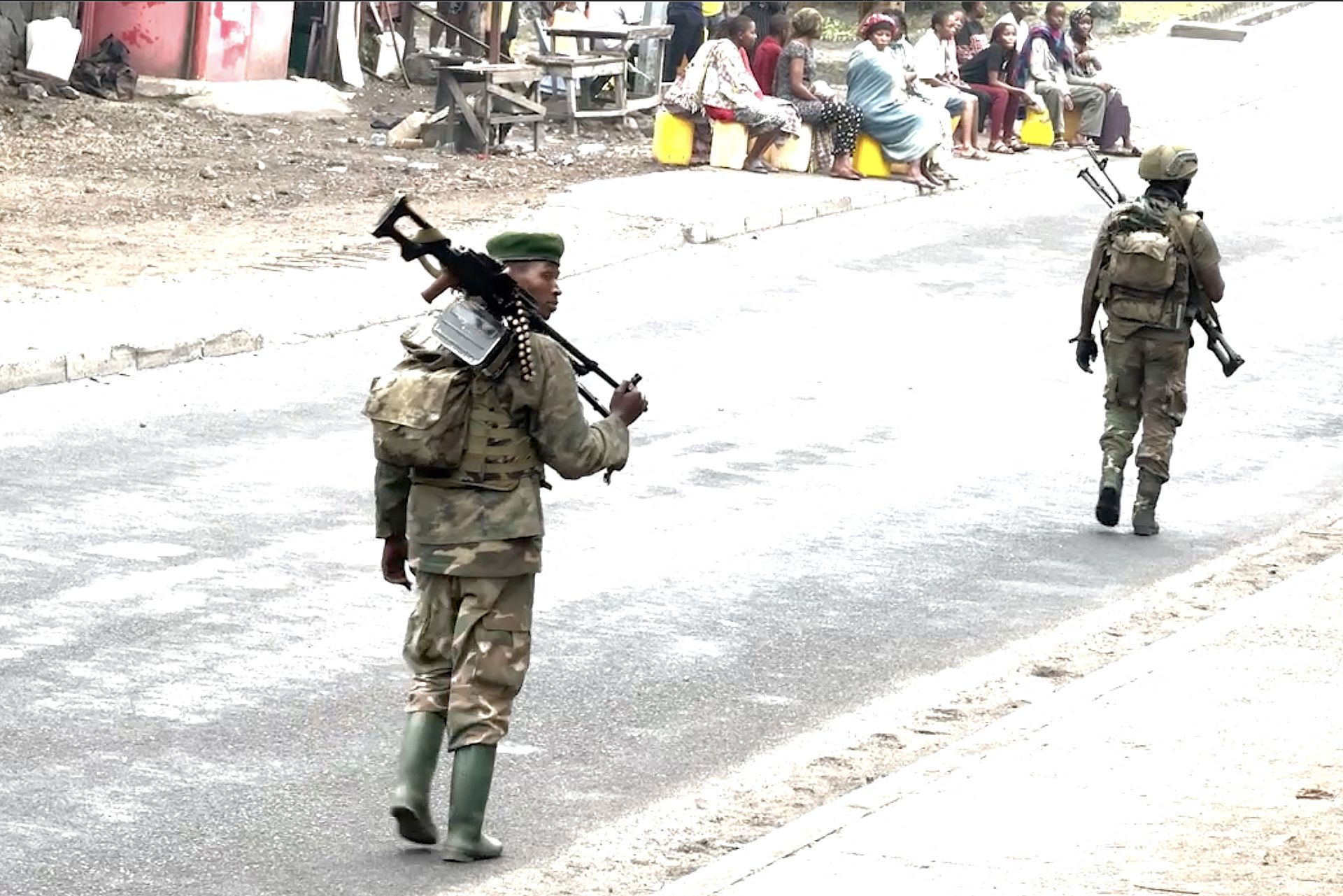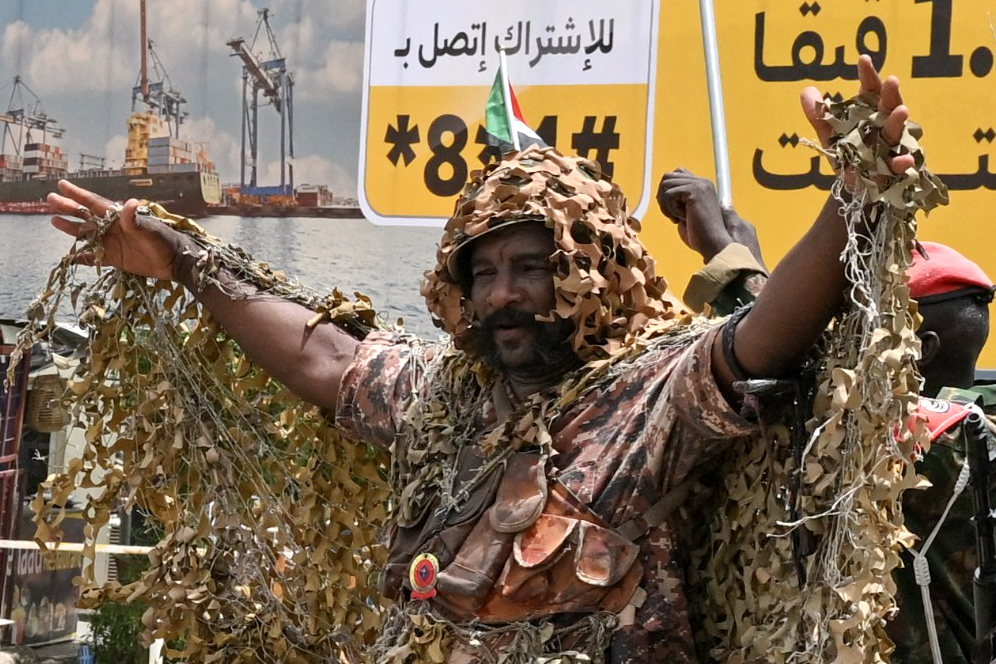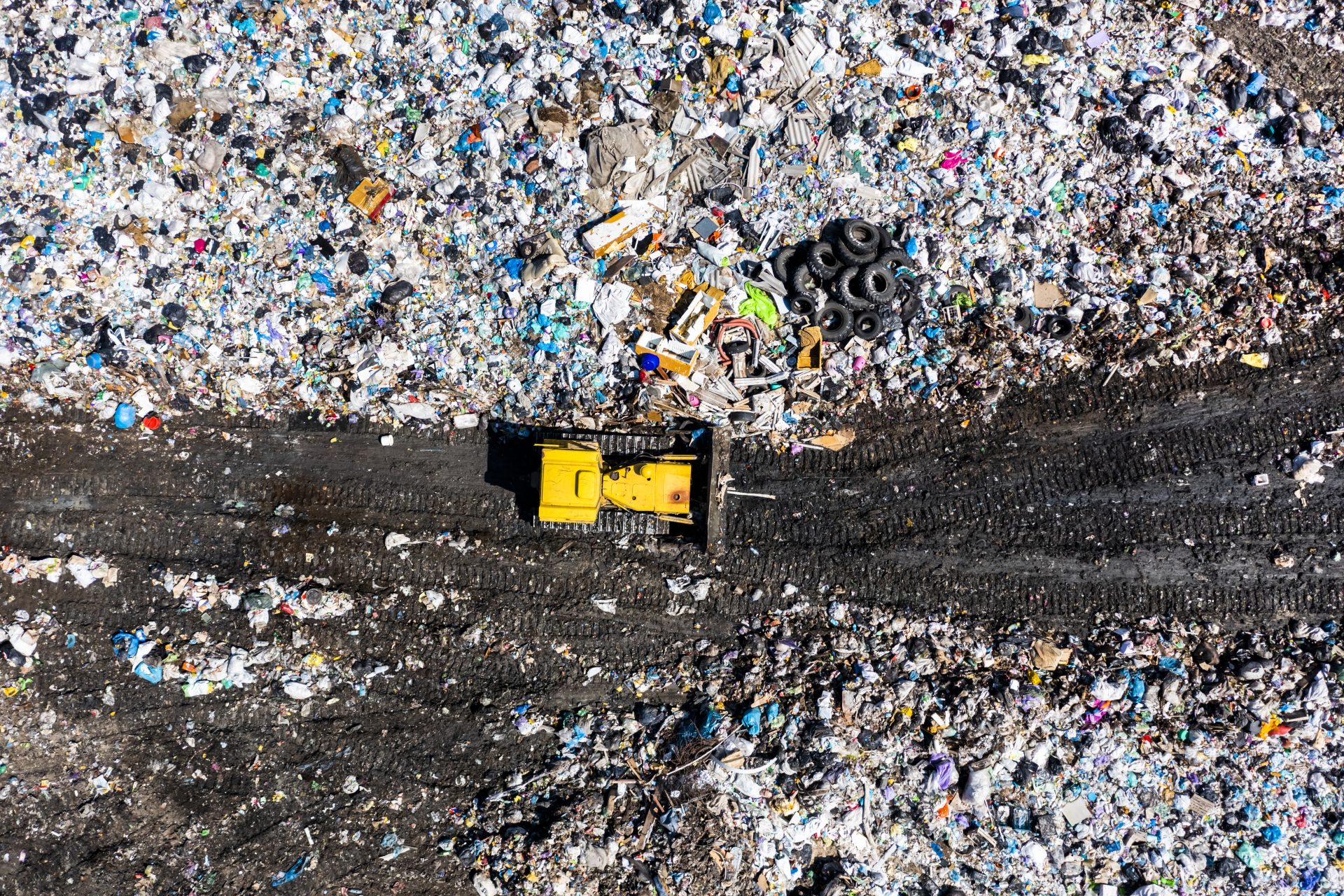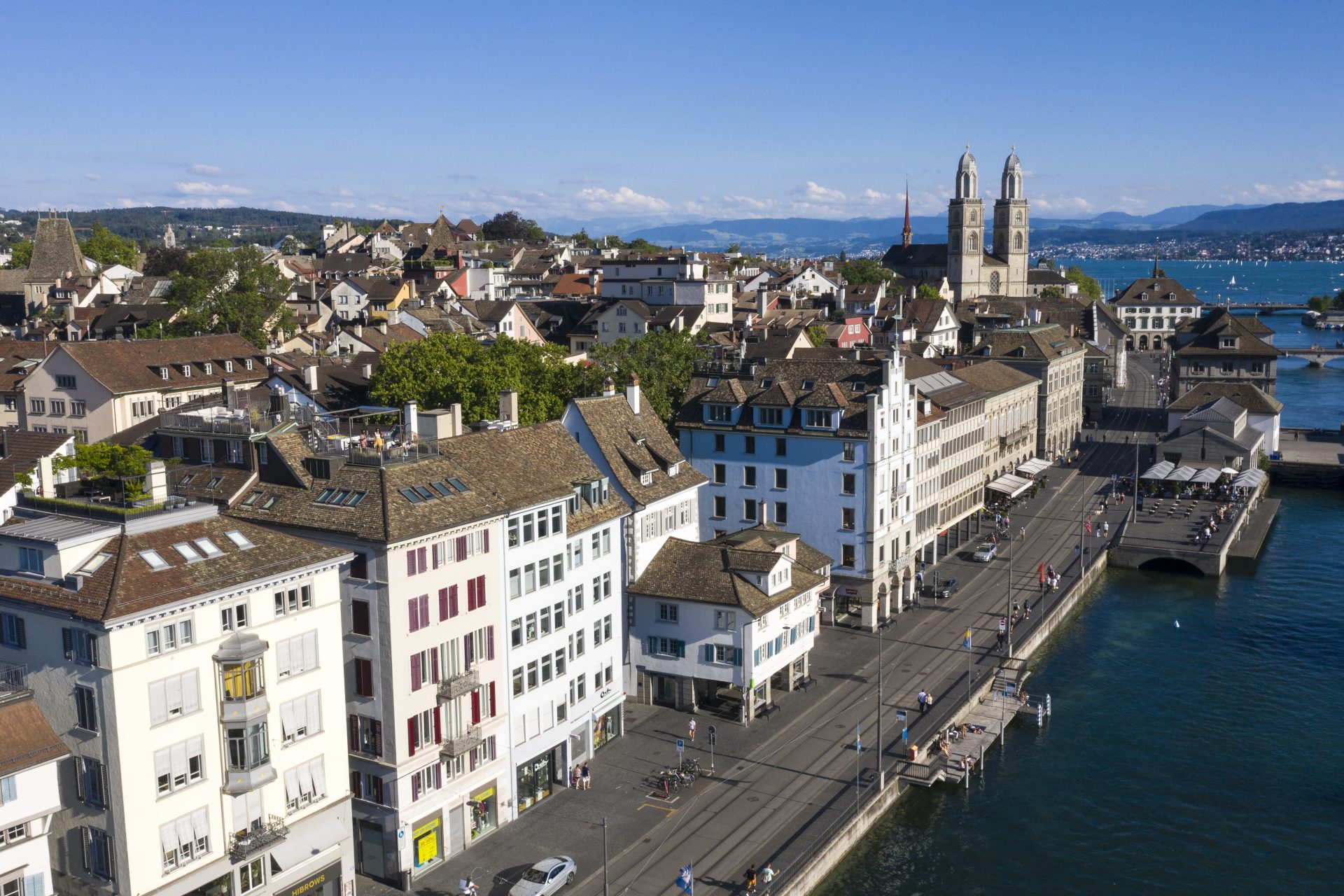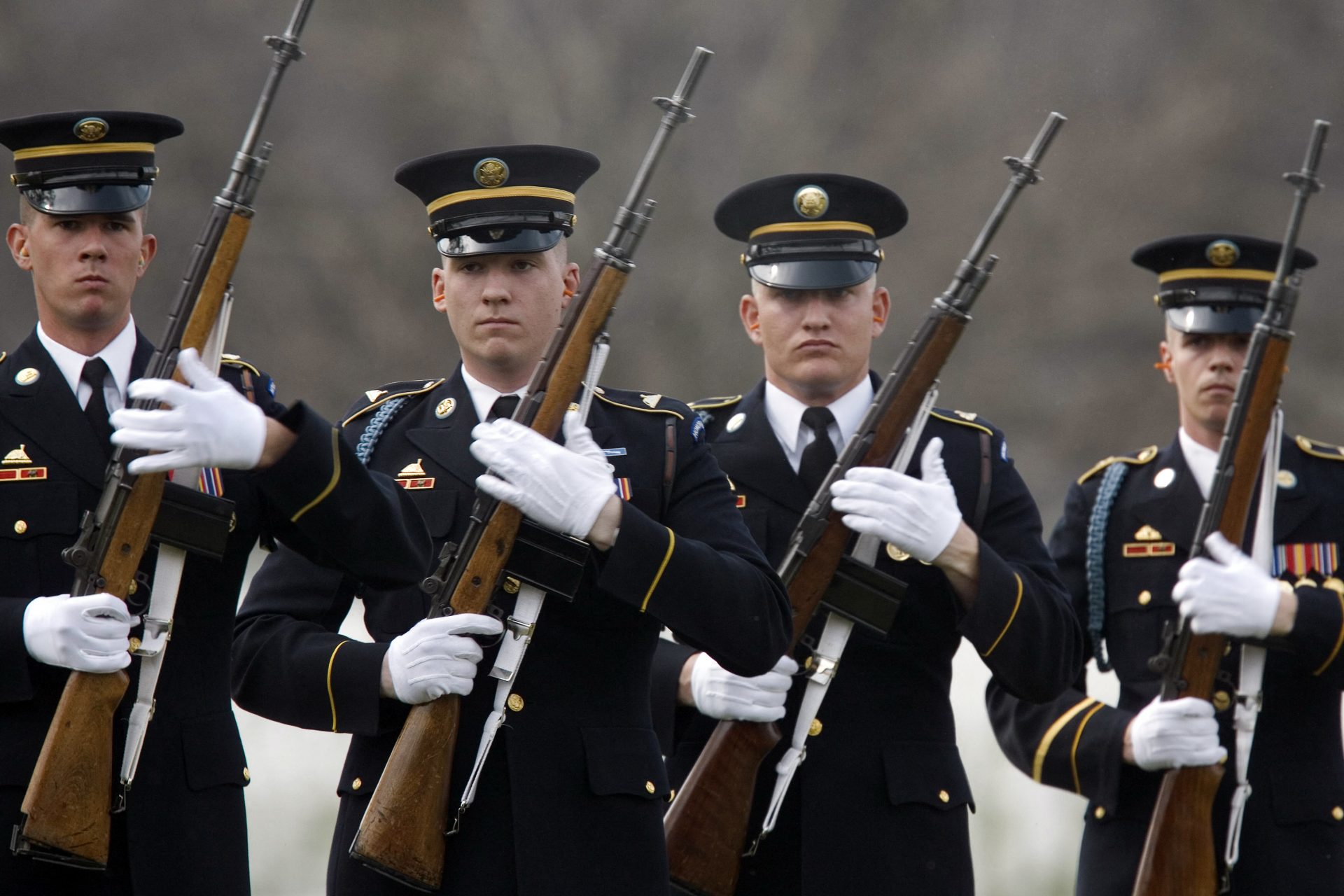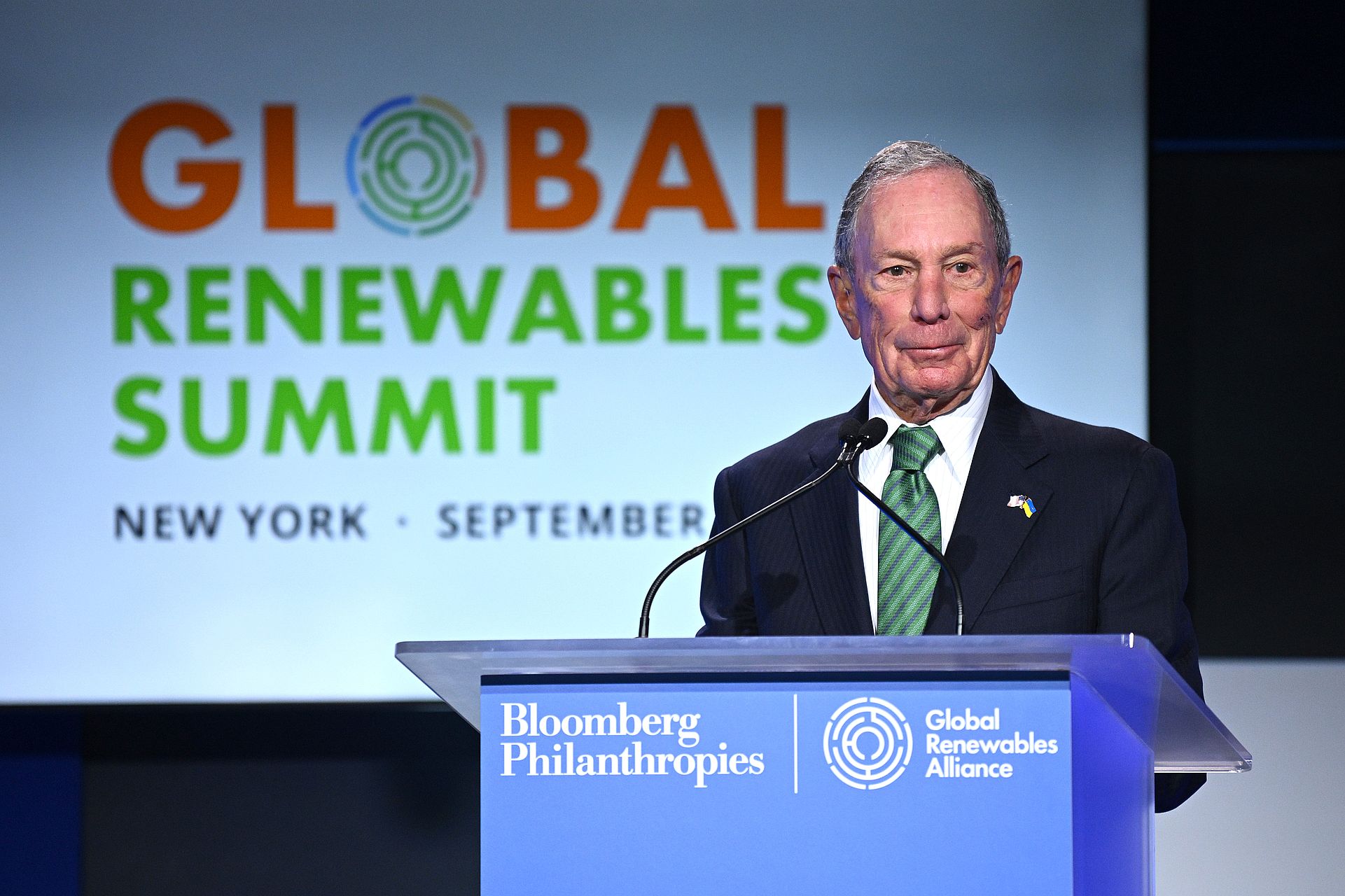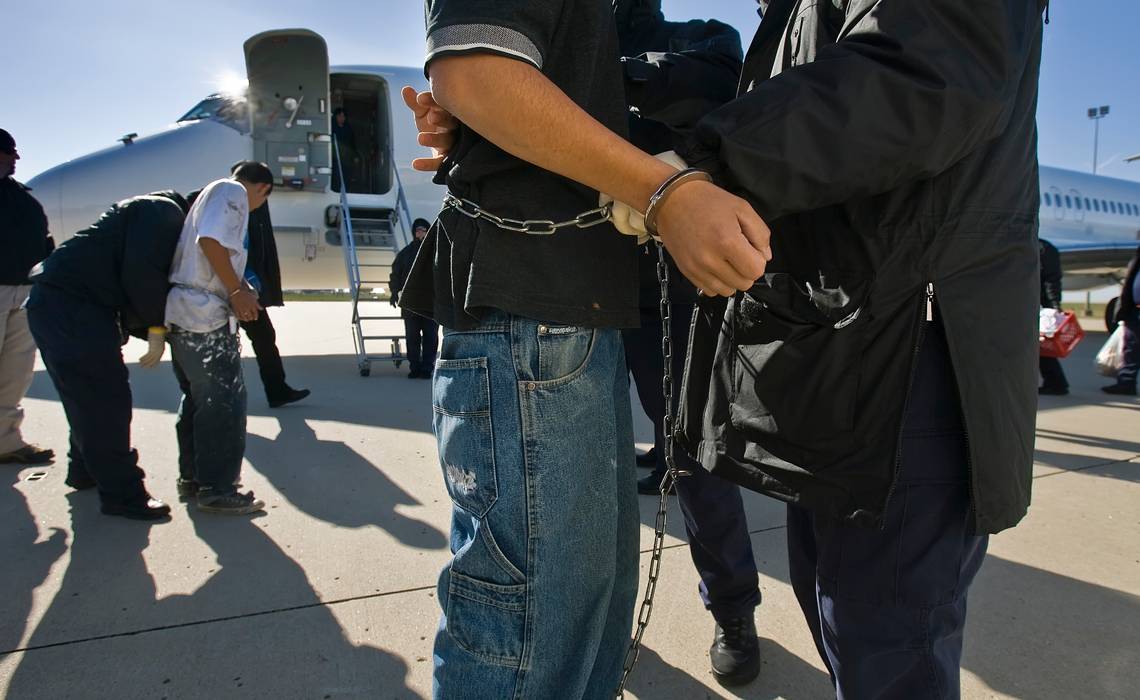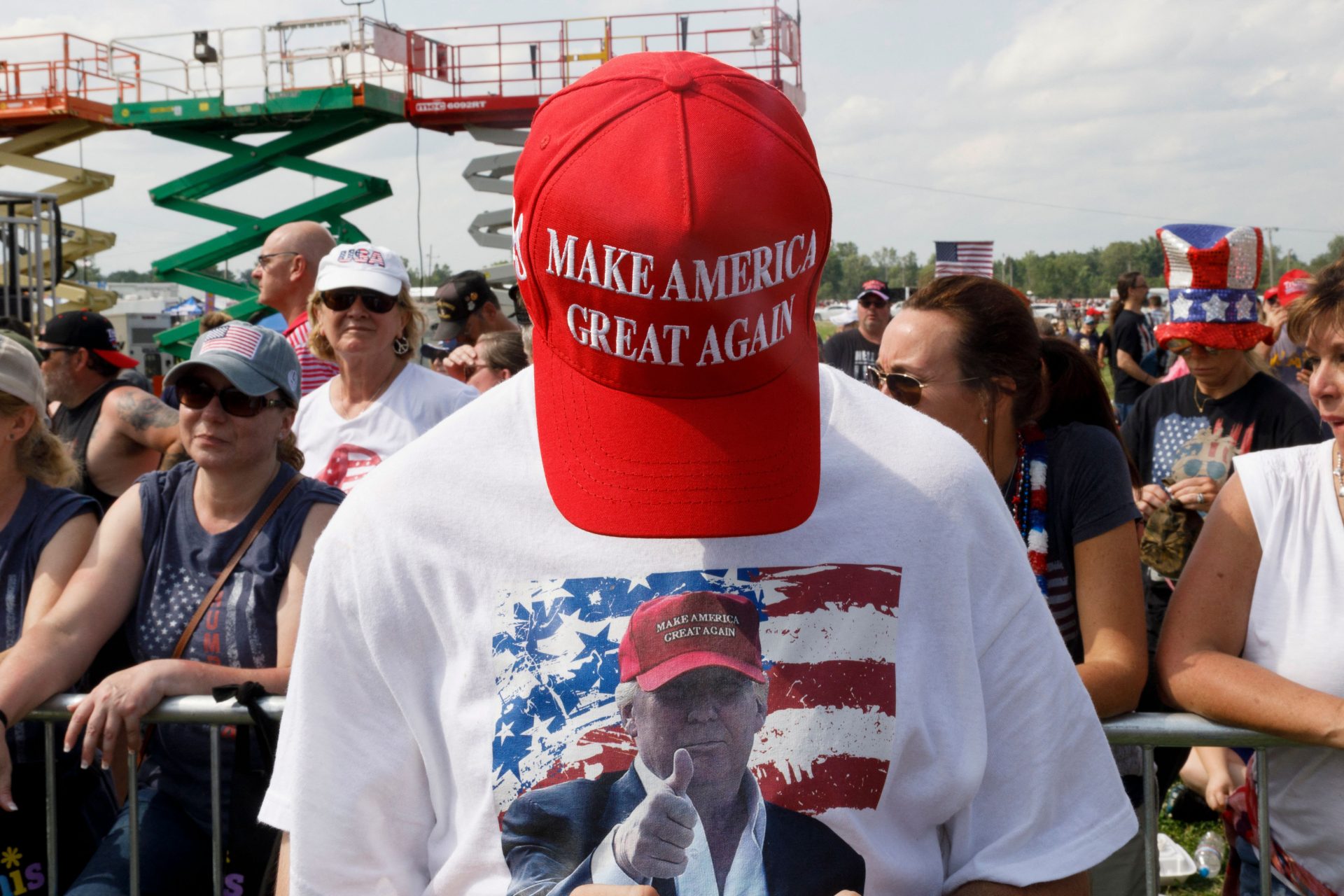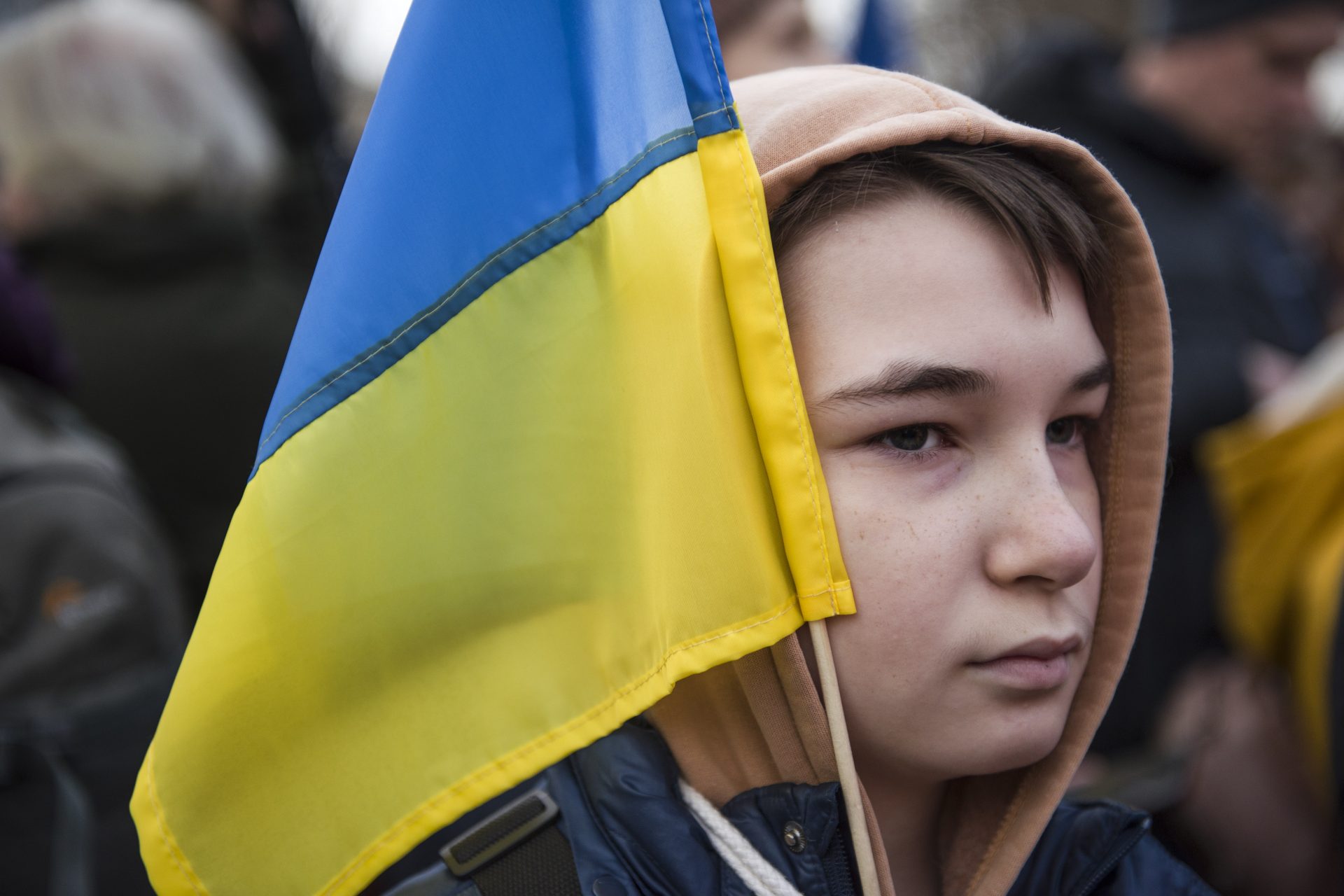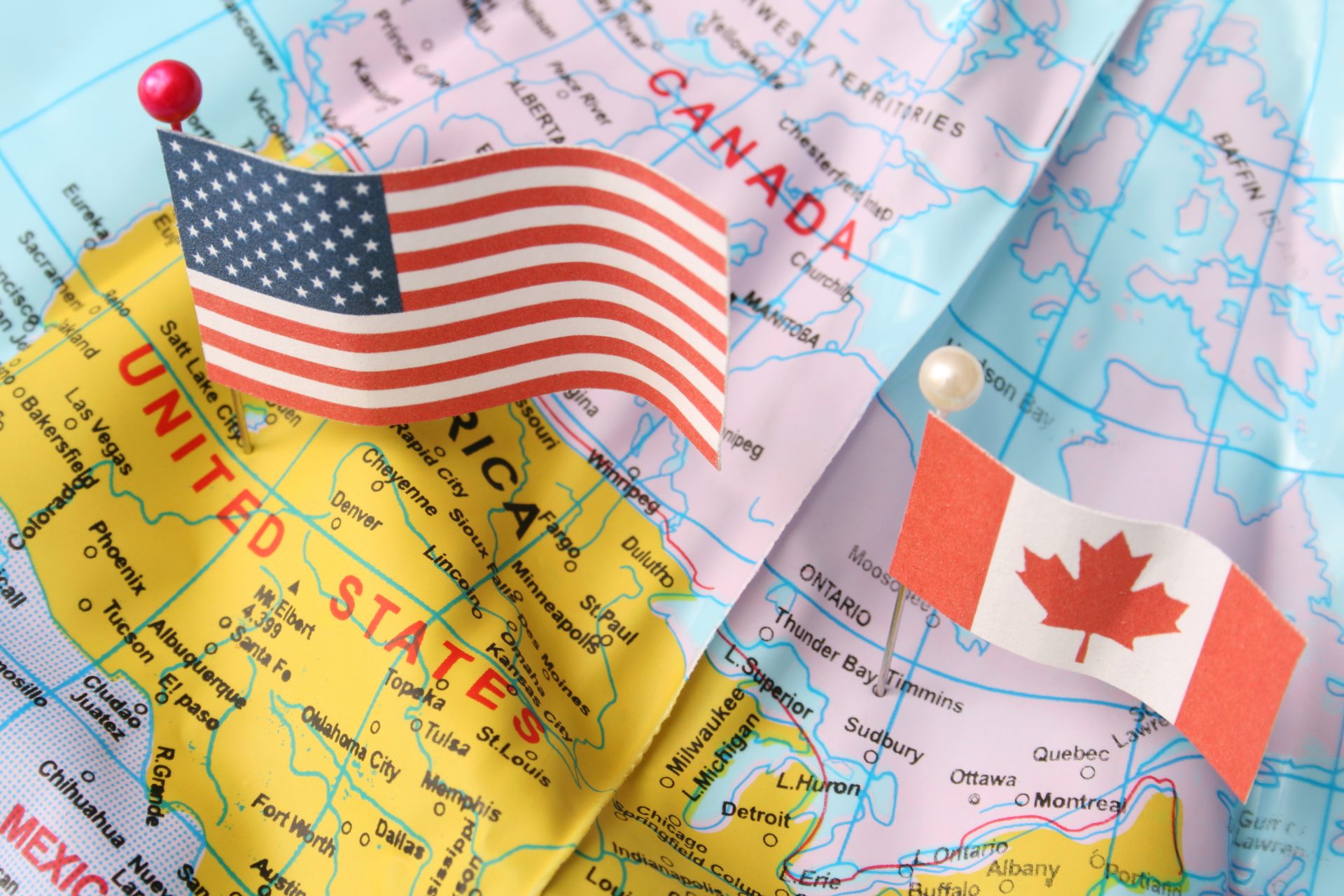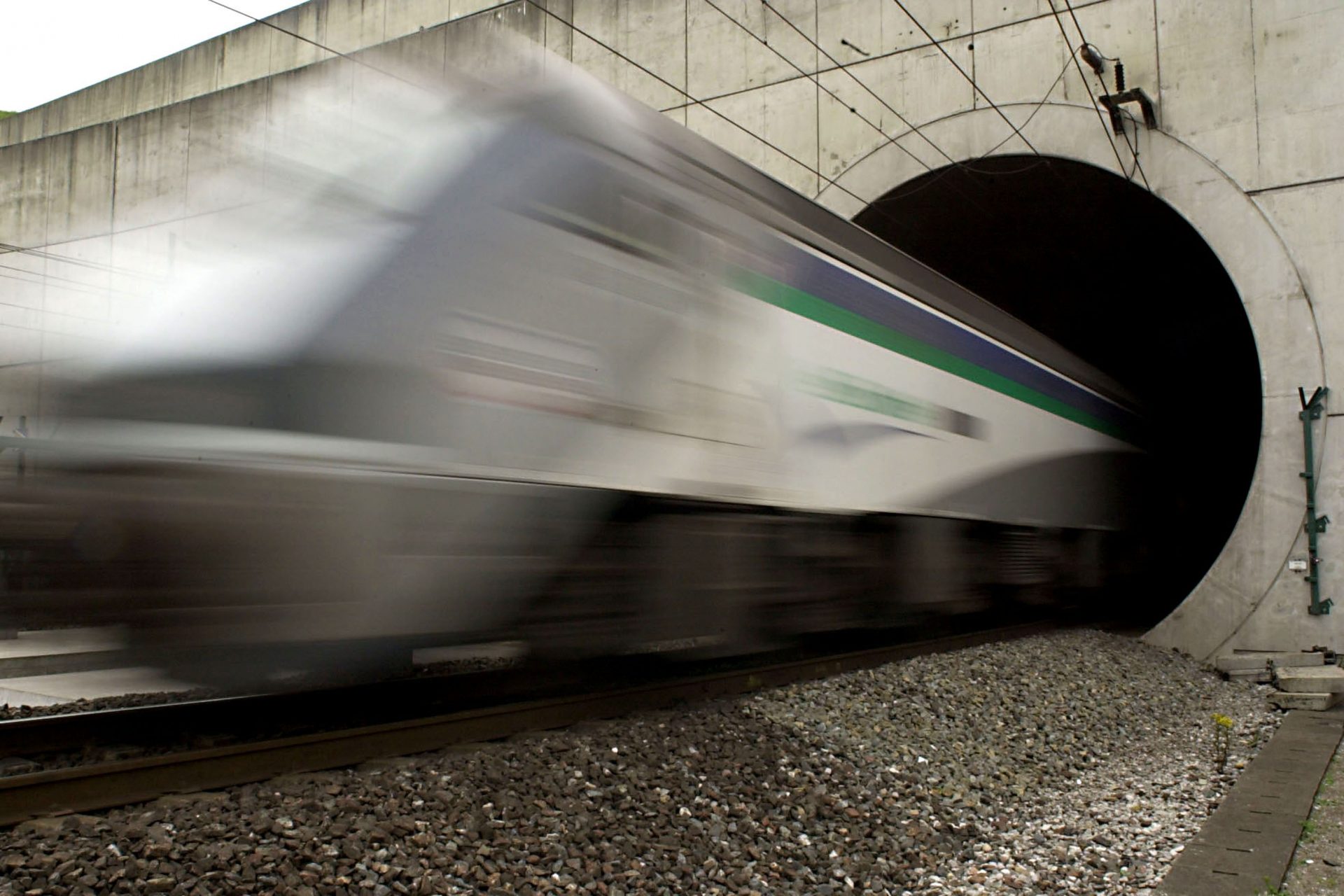Chaos in the Congo: Armed confrontations heat up between Rwanda and the DRC
The city of Goma, in the eastern part of the Democratic Republic of the Congo (DRC), has been the setting of violent armed conflicts which started on Sunday, January 26.
As of January 28, casualties were at least 17 dead and over 367 injured, according to data provided by several hospitals and reported by France24.
However, this new offensive is just the latest chapter in a conflict that has been brewing for a while. France24 reported that before the assault, 400,000 civilians were already trying to flee Goma.
In an editorial, the French daily Le Monde spoke about “the risk of a humanitarian disaster of immense magnitude in an area marked by decades of conflict”.
The French newspaper recalled that the region's inhabitants “largely depend on non-governmental humanitarian organizations and UN agencies for their survival”.
The two sides fighting are the DRC and the March 23 Movement (M23), a Congolese rebel group backed by Rwanda. The M23 and Rwandan forces entered the city of Goma in late January after clashes on the outskirts.
Congolese President Félix Tshisekedi broke off diplomatic relations with the government of Rwanda in late January. He accuses his neighbor of “declaring war” on him by sending troops, France 24 reports.
After a period of uncertainty, the UN finally recognized Kinshasa's position that Rwanda does indeed support the M23 and is operating within Congolese territory.
Unsurprisingly, Rwanda, led by Paul Kagame, denies this version of events. Kigali instead refers to a “sustainable defensive position”, France 24 writes.
The conflict between the Democratic Republic of the Congo and Rwanda has been going on for a long time and is intrinsically linked to the history of these two countries.
After the genocide perpetrated by the Hutus against the Tutsis in Rwanda in 1994, two million Hutus fled to the DRC when it was still called Zaire, among them were many responsible for the Rwandan genocide.
In 1997, the Zairian regime of Mobutu was overthrown by the rebellion of Laurent-Désiré Kabila, supported by Rwanda and Uganda. This was the “first Congo war”, which led to the emergence of armed groups and refugee camps in the eastern part of the country, which Rwanda perceived as a threat.
The following year, in 1998, a second, deadlier war broke out between Kabila's government, which was trying to shake off Rwandan influence, and a rebel group in the Kivu region, also supported by neighboring nations.
A peace agreement was signed in 2002, but a new rebellion broke out two years later. Just like now, the Congolese government accused the rebels of being supported by Rwanda, with Kigali denying the charges.
In 2009, a historic meeting took place between Paul Kagame and the new president of the DRC, Joseph Kabila, which marked the return of diplomatic relations between the two countries. A hope that would be short-lived.
Created on March 23, 2012, a new rebel group seized several cities in North Kivu, including Goma. The M23 was defeated by the Congolese army in 2013, with the help of the UN, which accused Rwanda of supporting the guerilla.
In 2021, a reconstituted M23 faction resurfaced and attacked various military posts. In July 2024, a UN report revealed that 4,000 Rwandan soldiers were fighting alongside it and effectively controlling the group, making Kigali responsible for possible war crimes.
According to Al Jazeera, Human Rights Watch accused the M23 and Rwandan officials of committing murder, sexual violence, and other war crimes in the eastern part of the DRC.
The Congolese and Rwandan presidents were due to meet on December 15 for peace talks. But the summit was cancelled at the last minute due to a failure to agree on the terms of the discussion.
In a statement published after the assault in Goma, Kigali recalled that “the resurgence of the M23 at the end of 2021 did not take place in Rwanda, even if the government of the DRC made Rwanda a scapegoat”.
Beyond long-standing tensions between ethnic groups, the conflict in eastern DRC is exacerbated by the considerable mineral wealth found in the country's North Kivu region.
French newspaper Le Monde highlights that the current conflict is not one where “one of its main players has not been clearly defined”, which complicates defining responsibilities and finding a resolution.
The French newspaper writes that although the conflict is “often presented as Congolese rebel factions against each other, actually, it pits directly Rwanda against the DRC”.
According to Le Monde, although Rwanda already controls mineral exploitation in eastern DRC, it seems to show “a desire for territorial expansion at its neighbor's expenses, an immense chaotic country with a failing government, undermined by corruption and poverty”.
The UN Security Council, meeting urgently after the assault in Goma, demanded the withdrawal of “external forces”, without naming Rwanda, Le Monde indicates.
Without the possibility of an immediate resolution, the conflict between DRC and Rwanda could destabilize a region that still is scarred by a violent past. Let's hope that the civilian population is spared from the worst.
More for you
Top Stories



